What Big Eyes You Have
The audacious proposal to build a one-kilometre Monster Telescope to map exoplanets isn’t ambitious enough.
I’m an absolute sucker for insanely ambitious engineering projects. Little projects like draining the Mediterranean to irrigate the Sahara, for instance.
Or dropping ribbons of carbon nanotubes from geosynchronous orbit in order to erect space elevators with which to ferry people and cargo to and from an orbital ring for the cost of a train ticket.
Or terrarforming Mars.
Or covering the Sun with a Dyson swarm of mirrors in order to harvest the totality of the Sun’s radiative power output.
Or turning the Sun into a rocket, and the solar system into a vast interstellar (or intergalactic) generation ship.
Most of these are, to put it gently, well beyond our current technological capacities. Some of them are probably really bad ideas (do we really eliminate the natural geographical barrier of the Sahara?) Nevertheless, it’s invigorating to dream big dreams, to think big thoughts. We don’t do that nearly enough anymore. So often these days our imaginations are focused on small, petty, defensive things – squabbling over politics, grubbing around for marginal economic gains.
So the recent article in Palladium by physicist Casey Handmer, It’s Time to Build the Exoplanet Telescope, caught my attention.
Handmer proposes to leverage the dramatic increase in our launch capacity that will come with fully reusable, high-cadence, large-payload rockets such as the SpaceX Starship in order to build a gargantuan space telescope – a mirror one kilometre in diameter – with which to start getting a good, close look at the thousands of exoplanets we’ve discovered this century.
The Monster Scope is designed to resolve features on the surface of exoplanets. Thousands of known exoplanets could be directly imaged, their continents, mountain ranges, and river systems studied from many light years away. Seasonal variations in plants and animals, if any, will be visible. Spectroscopic analysis of hundreds of discrete surface features per planet will tell us more about their geology than we knew about even Mars just forty years ago.
The Monster Telescope would be built by launching 20,000 separate mirrors, each with a diameter of 8 metres (the largest diameter that can be fit into a Starship). Each of these, by the way, is already larger than the 6.5-metre mirror of the James Webb Space Telescope, currently the largest space telescope ever launched. The mirrors will be deployed as independent spacecraft, flying under their own power to rendezvous at a gravitationally stable region such as the Earth-Sun Lagrange1 L2 point, where they would self-assemble by docking into adjacent segments.
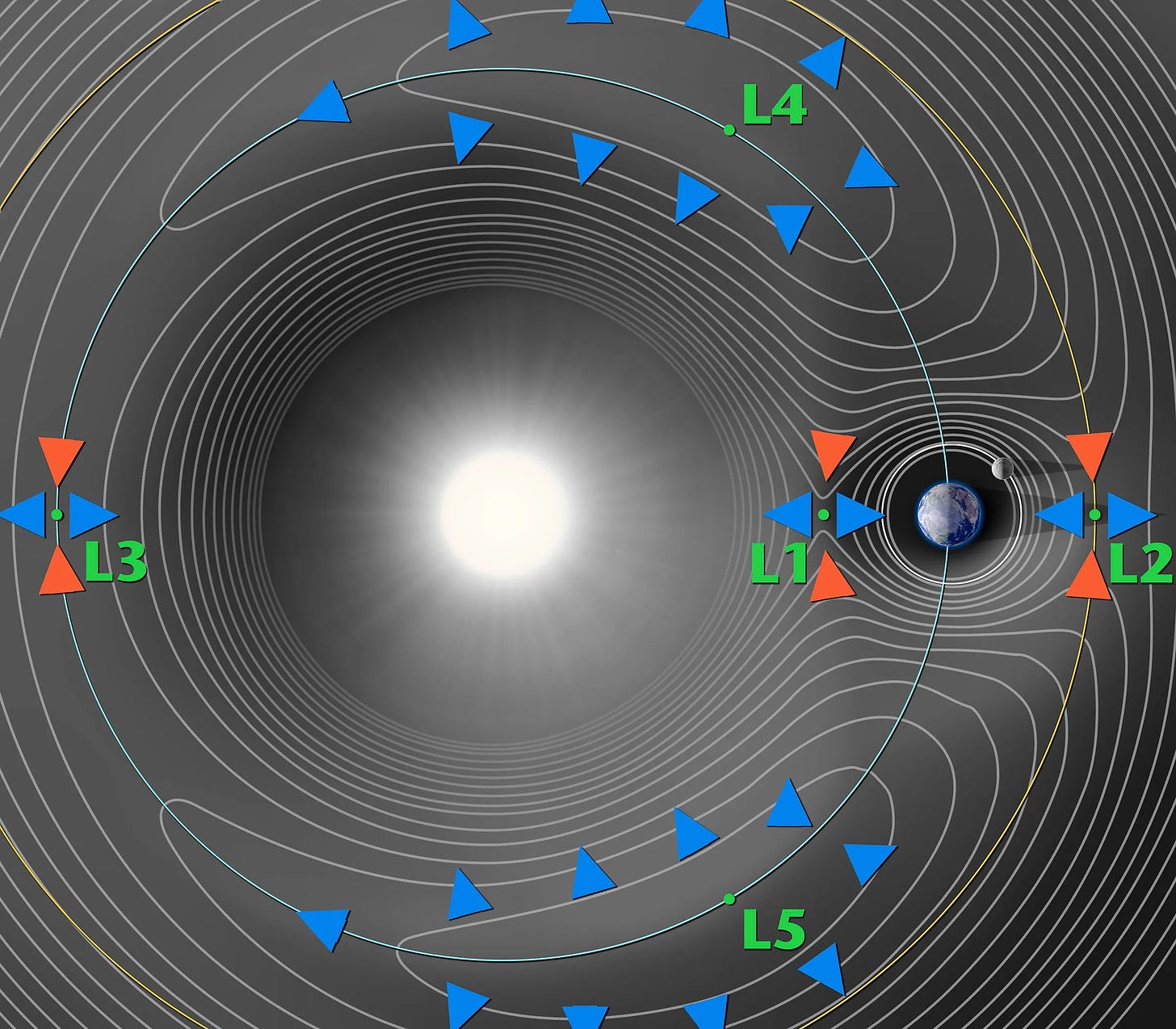
Handmer guesstimates a total price tag of around $10 billion, starting with the $20 million cost of the Great Magellan Telescope’s 25-metre mirror, and making optimistic assumptions about decreasing per-unit cost with mass production; I’m not going to evaluate the plausibility of the price tag, but given that large telescope mirrors are essentially always bespoke creations, it seems reasonable that the price would start coming down if we begin churning them out in huge batches.
In Handmer’s schematic diagram of the Monster Telescope, the multicoloured oval on the left shows the assembly of hexagonal mirrors; the grey boxes in the middle are spacecraft carrying instruments such as spectrographs, imagers, and so forth, which fly around the focal plane to gather data on various targets; and the blue cylinder on the right is a mirror position sensor, which provides feedback for the mirror segments to dynamically adjust their positions in order to remain in alignment.
Would the Monster Telescope would really be able to map the surfaces of exoplanets at high precision? To evaluate this, we have to do a small amount of math. Don’t worry, the math isn’t complicated. This is elementary school stuff. You’re smart people, I have faith in you. Bear with me.
The smallest detail that an optical apparatus – the human eye, the camera lens in your phone, or a telescope – can distinguish is its angular resolution, which we’ll call θ, and which is given by the formula
where λ is the wavelength and D is the diameter of the aperture (the eye, lens, or mirror); the factor of 1.22 has to do with the properties of diffraction, which isn’t so important to this discussion. Intuitively, you can think of this as simply counting the photons it takes to span the mirror, which that sum corresponding to the number of distinct picture elements that can be detected. More photons of a given wavelength can be lined up across a larger mirror, meaning that more detail can be distinguished; conversely, if you look at a shorter wavelength of light, once again you can line up more photons across a mirror of a given size, and again achieve a smaller angular resolution.
If we’re talking about mapping the surfaces of exoplanets, ultimately we aren’t concerned with the angular resolution, but with the spatial resolution: the smallest physical detail that can be discerned. The farther away something is, the smaller it appears, so you need a higher angular resolution in order to distinguish the same level of detail as if the object was right in front of you. The formula for this is very straightforward: the spatial resolution R is simply
where θ is the angular resolution and d is the distance to the object. To visualize this, just think of how the apparent size of an object shrinks as it moves away: its real size is R, its distance is d, and its apparent size – its angular size – is θ = R/d, a simple linear relationship. So, if we want to see something with linear dimension R at a distance d, with angular size θ, we need a telescope with angular resolution θ.
Let’s say we wanted to take a picture of Proxima Centauri b, the closest exoplanet to Earth, which lies a mere 4.2 light years or about 40 trillion kilometres away from us. If we look at it with the aforementioned Giant Magellan Telescope (which hasn’t actually been completed yet), we have a mirror with a diameter of about 25 metres. If we observe in the middle of the visual spectrum, at about 500 nanometres, our angular resolution works out to θ = 5 milliarcseconds – that is, 5 thousandths of a second (where there are 360 degrees in a circle, 60 arcminutes in a degree, and 60 arcseconds in a minute2). That sounds like a really impressive level of detail, but it isn’t going to do us much good for Prox Cen b: at our target’s distance from Earth, the spatial resolution is a rather pathetic 900,000 km. Assuming that Prox Cen b is about the size of Earth3, which has a diameter of 12,742 km, the planet will be an unresolved point of light.
How much better would the Monster Telescope be? Using the given one-kilometre diameter, the spatial resolution would be about 22,000 km. We could cut that in 5 by going into the ultraviolet at 100 nm, which might let us resolve Prox Cen b as a blurry image a few 5000-kilometre pixels across ... but that hardly seems worth ten billion dollars.
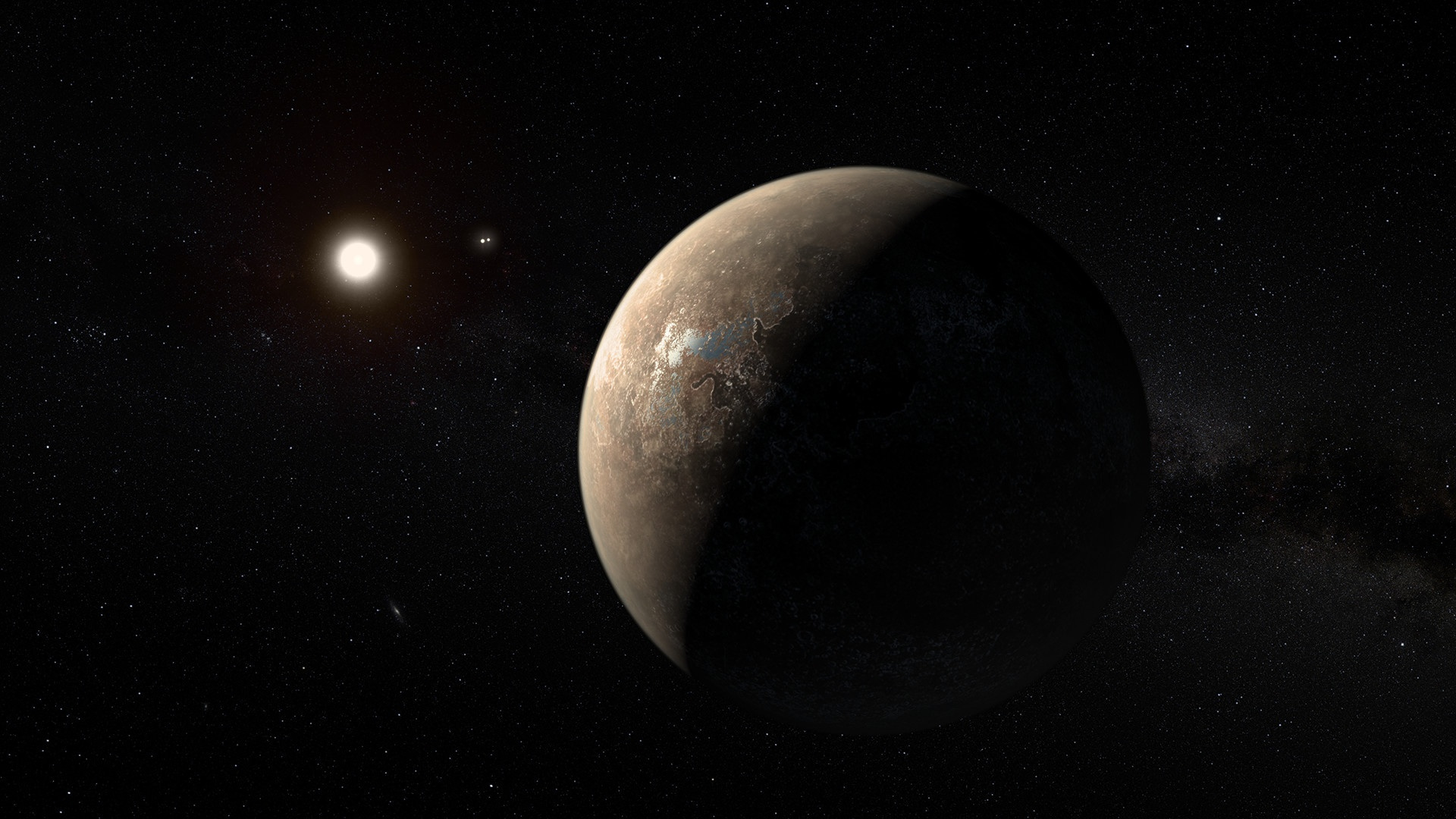
This is a pretty far cry from gloriously detailed maps of river systems, archipelagos, mountain ranges, and seasonal variations in vegetation that Handmer suggests. This discrepancy between glorious dream and horrible, depressing reality is actually apparent in a figure that Handmer provided in the article, showing how spatial resolution changes with telescope size. The figure plainly demonstrates that the design would provide a spatial resolution on the order of thousands of kilometres at the distance of Proxima Centauri (so presumably he’s assuming short wavelengths, probably in the UV). For the bulk of the known exoplanets – those discovered by the Kepler mission, which are hundreds to thousands of light years distant – the spatial resolution is on the order of a hundred thousand to a million kilometres, certainly insufficient to detect them as more than points of light.
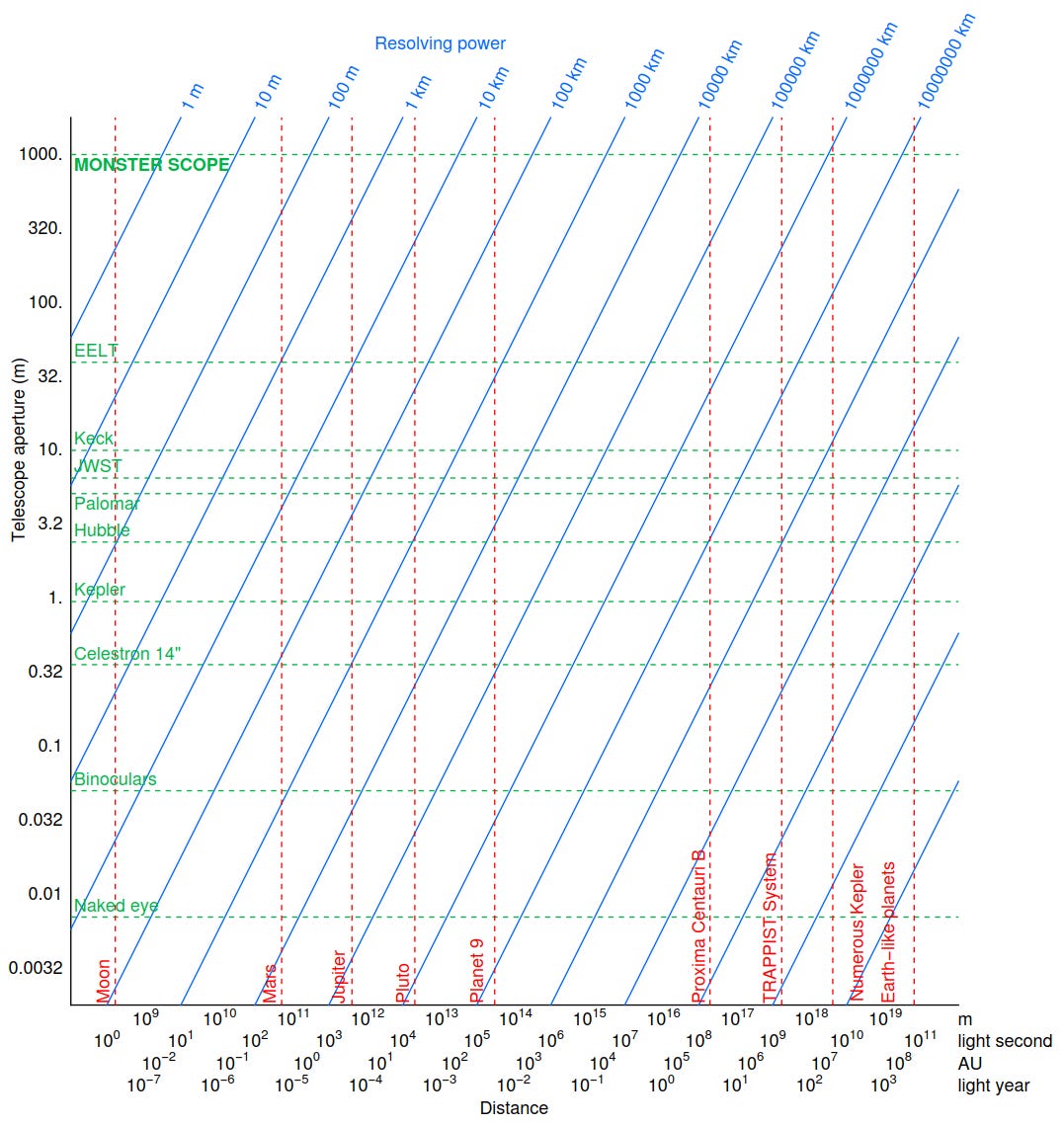
Did Handmer just make an extraordinarily dumb, basic error here? Maybe, but I’d prefer to be generous, so rather than assuming he’s an idiot, let’s consider what the Monster Telescope could actually do. Which, it turns out, is a lot.
While the Monster Telescope would be wholly inadequate to obtain anything but extremely blurry images of any but the closest exoplanets, its angular resolution would enable those unresolved planets to be examined in separation from their host stars. The incredibly compact Trappist-1 system, for example, contains 7 planets, all of which orbit closer to their ultracool red dwarf star than Mercury does to the Sun – between 1.7 and 8.9 million km.
At Trappist 1’s distance of 39.46 light years, the Monster Telescope’s angular resolution would be about 200,000 km – more than sufficient to separate the little points of light of Trappist 1’s closely packed planets from the big point of light of the host star. By contrast, the 40-metre class Extremely Large Telescope in the Chilean Atacama – which, when completed will be the world’s largest optical telescope when completed – will have a spatial resolution of around 5 million kilometres at the distance of Trappist-1.
Being able to separate the planets from the host star would make it much easier to study them using some of the most important technique’s in the astronomer’s toolkit. The most basic of these is to measure how bright an object is at various wavelengths, something known as photometry. This can yield information about the temperature of the planets, and can sometimes tell us a little bit about their composition. This has already been done for a few planets – very large, super-Jovian worlds, orbiting at large distances from their host stars (and therefore well outside the habitable zone) – using a technique called coronography, which blocks out the host star’s much brighter light so that the much dimmer planets can be seen.
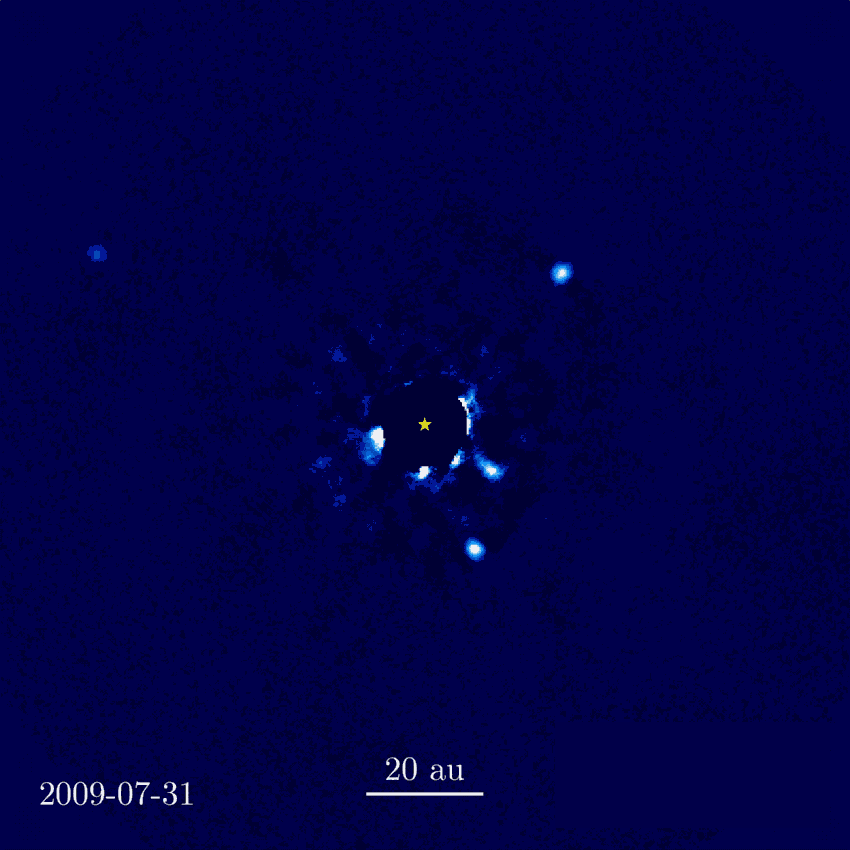
More usefully, spectra can be obtained. Atoms and molecules emit and absorb photons at very specific wavelengths corresponding to energy level transitions in their electron orbital structures. This leads to bright and dark bands in a spectrum, corresponding to the absorption and emission of light at these energy level transitions. By measuring these spectral lines, very precise information can be obtained about the chemical composition and temperature of an object. Because the Doppler effect leads to shifts in the wavelength of absorbing and emitting material moving at different velocities, careful measurement of these spectral lines can also glean information about an object’s gross movement – for example, its velocity as it orbits another object – as well as more subtle properties, such as its speed of rotation.
All of these techniques are used routinely to study stars, but they’re presently very difficult to apply to exoplanets, for the simple reason that exoplanets are much dimmer than their host stars. In a few exceptional cases a technique called transmission spectroscopy has been used to glean information about atmospheric composition, but this is very difficult: it involves comparing the spectrum of a star when the planet is hidden behind it to the spectrum when the star’s light is passing through the planet’s atmosphere, and looking for differences at the part-per-million level. Spectroscopic data have also been obtained for some of the directly imaged planets, e.g. the system shown above, but again this is very difficult because planets are very dim, meaning that the data are very noisy, and can yield only the most elementary physical properties.
With the Monster Telescope, it would in principle be possible to simply measure the spectra of a large number of exoplanets directly, and to do so at a high signal-to-noise ratio. This should be broadly possible out to the most distant exoplanets discovered by the Kepler space telescope, at distances of around 1000 light years or so: at that distance the spatial resolution would be around 5 million km, which works out to about 0.03 of an Astronomical Unit (1 AU being the average distance between the Earth and the Sun).
What about detecting surface features? Or even seasonal variations in surface features? There is actually a way to do this using the Monster Telescope, albeit indirectly, by taking advantage of a tomographic technique called Doppler imaging. This leverages the fact that essentially everything in the universe is rotating. If an object has surface features, then as it rotates, its appearance changes; the same will usually be true for its spectrum. By collecting lots of very high-quality spectra of an object over a period of time encompassing one or more rotational cycles, such that the spectrum of an object is seen from each position as it revolves, it’s possible to use the changes in its spectral lines to map its surface. This technique has been used in astronomy for decades, with quite a large number of stars mapped to date.
There’s no reason that tomographic maps can’t be made of exoplanets, too – the main hurdles are being able to measure the exoplanet’s spectrum separately from the host star, and collecting enough photons to build up a sufficient signal-to-noise ratio; both of these obstacles are solved by the Monster Telescope, which has sufficient angular resolution for the former, while also providing a light bucket of ridiculous capacity.
Angular resolution isn’t the Monster Telescope’s only advantage. It is also a light bucket of colossal size, meaning that it can scoop up an extraordinary bounty of photons in very short periods of time. Combined with the high angular resolution, the Monster Telescope would dramatically increase the number of exoplanets that can be detected.
Presently, most exoplanets are found via the transit method4 – that is, we stare at a star, and wait for a planet to pass in front of it, reducing its brightness by a very small fraction. This method has some built-in limitations. First, the geometry must be just right: the orbital plane has to be oriented such that the planet passes in front of the star in the first place. Only a very small fraction of planetary systems satisfy this criterion, meaning that we’re blind to most of them. Second, the transit method is most effective at finding planets very close to their host stars, since these have much faster orbits. This is one of the reasons we haven’t yet found a true Earth twin: to be authentically Earth-like, a planet would need to be in the habitable zone of a G-type star similar to the Sun, at a distance similar to the Earth’s distance from the Sun, meaning that its orbital period would be similar to the Earth’s, i.e. about a year. Finding an Earth-like world using the transit method means watching a star for at least a year; the geometrical criterion also works against us, because the further a planet is from the star the more precise the alignment of the orbital plane has to be in order for there to be an eclipse.
With the Monster Telescope’s angular resolution and light-gathering capacity, however, we don’t need to rely on the transit method at all. We can just take pictures of distant stars and look for little points of light, as with the example system above. Thanks to the Monster Telescope’s angular resolution, we wouldn’t be limited to planets orbiting at huge distances, either: finding an Earth-like world would actually become rather trivial.
The Monster Telescope can probably do something else that current telescopes can’t do: it can find moons. The Galilean satellites – Io, Europa, Ganymede, and Callisto – orbit Jupiter at distances of between 400,000 and 1.9 million kilometres. Similarly sized moon systems could therefore be detected out to a few hundred light years. There’s no particular reason to expect that the only habitable worlds are planets orbiting G-type stars.
Tomographic maps of thousands of exoplanets would be a lot more than we have now, but they’re a far cry from actual pictures. If we could actually resolve the surfaces of exoplanets, we could do all the things Handmer promises – including getting spectra of specific parts of individual planets, and studying their regional variations in far greater detail.
Since angular resolution is a direct function of the diameter of the mirror, clearly, the only way to do this is to go even bigger.
Recall that the Monster Telescope is assembled from tens of thousands of mirror segments, each of which begins its life as an independent spacecraft, with its own thrusters, attitude jets, electronics, communication antennae, and so on. Handmer indicates that they would manoeuvre to the assembly point and dock with adjacent segments, becoming part of one continuous structure ... but there’s no obvious reason that you’d want them to do that. The mirror segments could just as easily remain physically separate; indeed, this would probably greatly simplify functions such as pointing the array at different parts of the sky, since a swarm of independently moving spacecraft aren’t subjected to nearly the same level of structural strain as is one vast, flimsy structure assembled from tens of thousands of elements.
A mirror doesn’t have to be a solid structure. Astronomers take advantage of this all the time with interferometers, which combine information from two or more telescopes, with the angular resolution of the interferometer set by the distance between the ‘outrigger’ telescopes rather than the size of any one telescope’s mirror. This is the method used by the Event Horizon Telescope, which took those famous images of the ‘shadows’ surrounding the supermassive black holes at the centres of Messier 87 and our own Milky Way. By combining data from radio telescopes all over the planet, the ‘effective aperture’ of the EHT is the same as the diameter of the Earth, resulting in an angular resolution of around 25 microarcseconds (at the near-infrared wavelengths the EHT operates at).
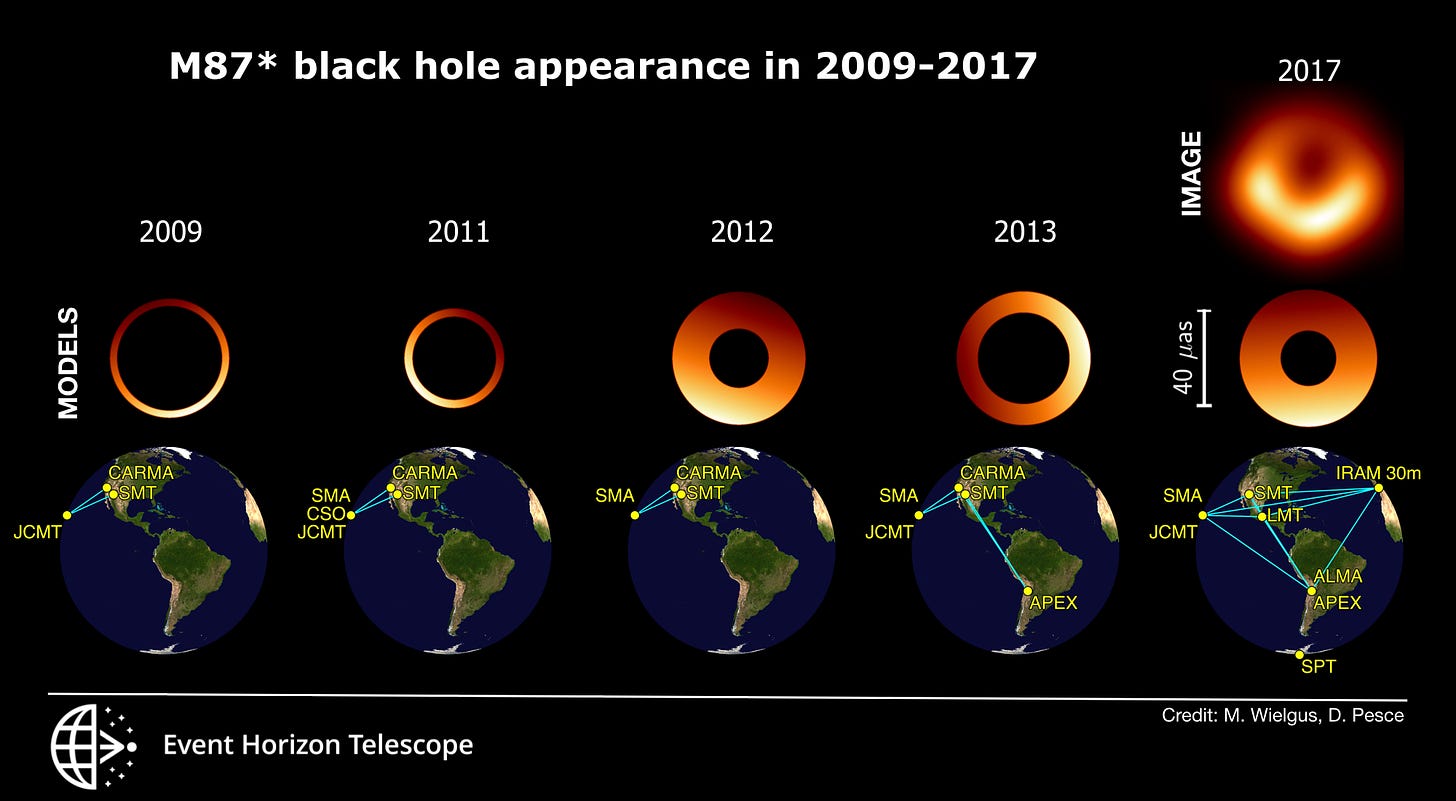
Interferometry is tricky stuff – as the word implies, it relies on careful measurement of interference patterns between light waves from different sources, which is an incredibly finicky process – so going this route introduces a significant degree of complexity. The technical term for this kind of space telescope is a sparse aperture space telescope, and this is not a new idea – there’s an MIT technology roadmap describing the challenges in developing the technology, and a laboratory version has been successfully tested by Lockheed-Martin.
The challenges of image reconstruction from sparse aperture space telescopes are discussed at length in this 2002 paper, Large sparse aperture space optical systems (Meinel & Meinel, 2002), and they are not insignificant. Most obviously, the light collecting area is much smaller than it is for a filled aperture design (i.e., a normal, solid mirror), which means you have to spend longer looking at a given target to scoop up enough photons to actually see it. There’s also a loss of certain ‘spatial frequencies’ – there are holes in your image because there are holes in your mirror, and the more holes your mirror has, the emptier your image is. Neither of these are insurmountable, especially for an assemblage on the scale of the Monster Telescope. Given that the ridiculous 800,000 square metres of light collecting area, light collection should not be much of an issue. Filling in spatial frequencies is easily done by simply moving the mirror segments around, which is easy in this case because the mirror segments are free-flying spacecraft.
The paper referenced in the previous paragraph was mainly considering solid sparse aperture designs – that is, mirror segments physically connected to one another, for example by an inflatable framework. The motivation was to find a way of putting a 100-metre class telescope in orbit, without having to build a solid mirror 100 metres in diameter. Building an interferometer using a fleet of independent spacecraft is much trickier, because combining the light from the individual mirrors in the correct way relies on maintaining extremely precise distances between the individual spacecraft. You’d also need to add beam combiners, in order to collimate the light from the different observatories before it could be sent to the actual instruments. My impression is that this extra complexity is why Handmer went with a comparatively simple solid aperture design, but this doesn’t strike me as an intractable engineering problem. If we can make the Global Positioning System work, if we can make Starlink work, there’s no reason we can’t build flight control systems for a fleet of thousands of outrigger mirrors enabling them to act as a single, vast interferometric telescope.
If the component mirrors of the Monster Telescope are never assembled – if we just keep them in their original state as free-flying spacecraft – there’s almost no limit to the angular resolution they can obtain: if you want to increase the angular resolution, you simply widen the fleet into a more extended configuration. As a simple example, arranging the mirrors in a (very) loose ring with the same diameter as the Earth – just like the EHT – would provide an angular resolution of 0.01 μas, corresponding to details of about 2 km on the surface of Prox Cen b, assuming we’re looking in the visual spectrum. That isn’t quite as good as our best Mars maps – the best of which achieve a spatial resolution of around 30 cm, albeit not across the entire surface of the planet – but it’s still pretty damn good.
And there’s no particular reason the Monster Telescope would need to limit itself to the diameter of the Earth.
Let’s get more ambitious. Taking kilometre-resolution pictures of Prox Cen b is kind of boring, after all – it’s close, but it’s almost certainly barren, and in any case there’s a reasonable chance that the Breakthrough Starshot project will get much better images from flyby starchips accelerated to 0.2c by massive laser arrays pushing on their light sails. At that speed, they’d arrive around Proxima Centauri in 20 years. You could well live to see close-up pictures of a planet around another star obtained by humanity’s first interstellar probes.
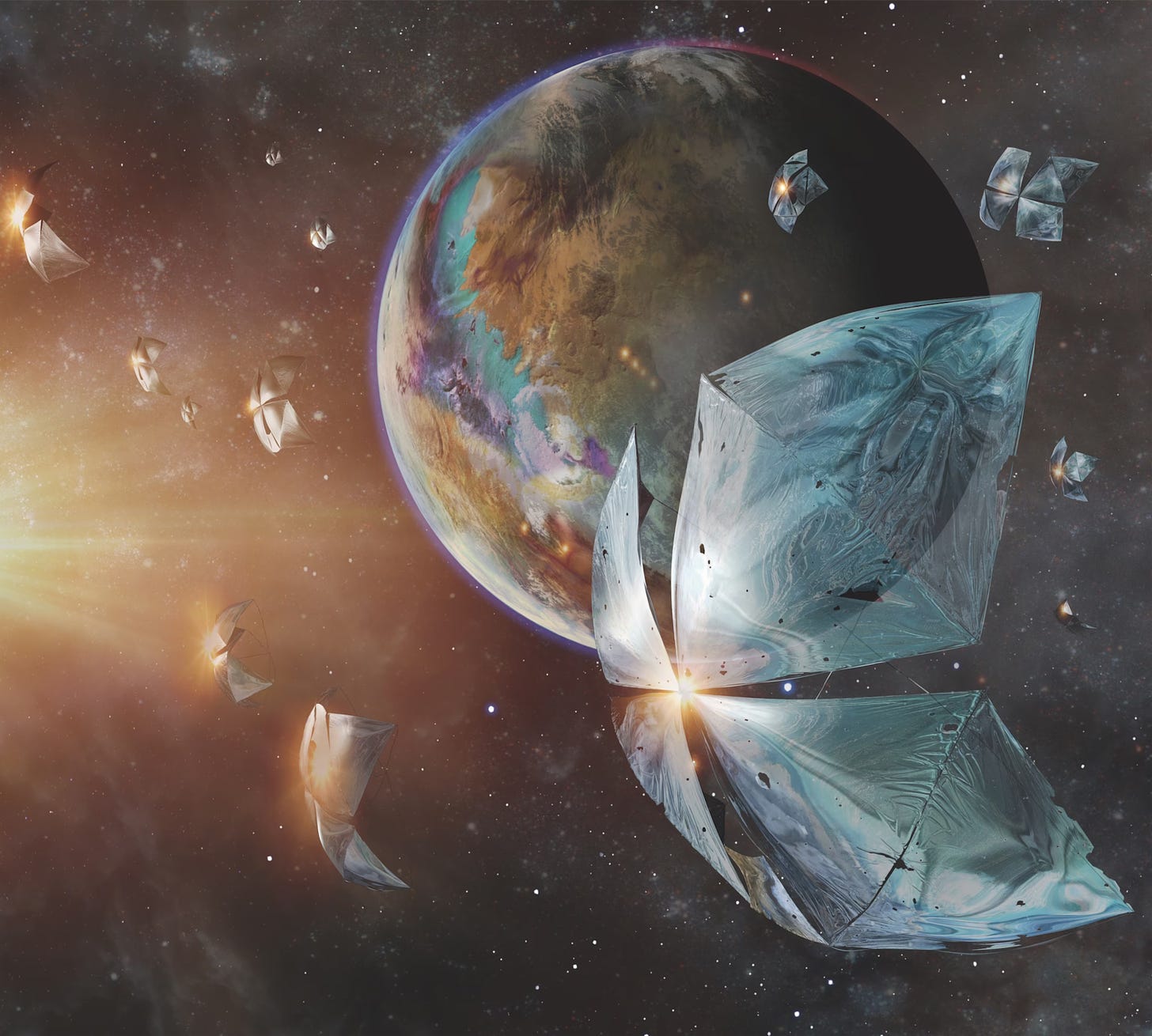
Let’s say we find an Earth-like world in the habitable zone of a star 100 parsecs away, and we want to get a visible-light image with a 100-metre level of detail, in order to see if those strange rectilinear features really are the indication of a xeno Kardashev One’s ecumenopolis, and not just a twenty-first century manifestation of the pareidolia that inspired generations of astronomers to speculations that inspired an early twentieth-century pulp writer to inspire this blog’s name.
Our array would need to have an effective aperture of about 20 million kilometres. This is a lot larger than can be fit in a nice stable gravitational null zone such as the Lagrange L2 point. That’s over 50 times the distance between the Earth and the Moon, over a tenth of an Astronomical Unit – the average distance between the Earth and the Sun. An array spread over such a large area is going to have to start worrying about orbital dynamics, making it extremely tricky to keep the structure stable enough for long enough to take an image. Each element would need to be in its own heliocentric orbit, and if the orbital radii are different – which is almost unavoidable – their orbital velocities are going to be different from one another. Then again, the stable volumes around the Earth-Sun L4 and L5 points are vast – you could probably fit a reasonably gargantuan swarm of mirrors and instrumentation spacecraft in one of them. We’re also not limited to the Earth-Sun Lagrange points: the Jovian Lagrange L2 point might be worth thinking about, too.
Now that we’re thinking on really large scales, let’s just go for broke. What if we went to the outer solar system – say, roughly Pluto’s orbit, about 4 billion kilometres from the Sun. We’ll have our mirrors orbiting in a vast globular swarm around the Sun, giving us the ability to look in multiple directions simultaneously. Our angular resolution is now a ridiculous 31 femto-arcseconds. That would give us a spatial resolution of around 3 km for objects in the Andromeda galaxy.
Turning the solar system into a giant eye will probably cost more than ten billion dollars. But it would be trivial for a Kardashev Type II civilization; if we become multiplanetary and keep building, we could easily get there in a few thousand years.
As I continued digging into the rabbit hole of sparse aperture space telescopes, and after I’d written the last several paragraphs, I ultimately realized that absolutely none of this is new. The idea already exists! Indeed, it’s already been proposed to NASA (unsuccessfully, it seems). I considered deleting the last few paragraphs and just structuring the text around what follows directly, but egotistically, decided to keep them: I’m always inordinately pleased with myself when my crazy ideas are validated by others, who have already put in enormous amounts of work to develop them in far greater detail than I’m inclined to.
Forget about the Monster Telescope.
Meet the Luciola Hypertelescope:

The Luciola hypertelescope is more or less exactly what I just described: a flotilla of free-flying mirrors and beam-combiner spacecraft, which can be arranged over arbitrary sizes in order to reach whatever angular resolution you want, in order to obtain ultra-high-resolution imaging of anything from exoplanets to stars to galaxies at the edge of the observable universe.
A hypertelescope doesn’t have to be a fleet of free-flying spacecraft swarming around in halo orbits within the volume surrounding the Earth-Sun L2 point. It could also be built on the Moon.
The lunar design isn’t nearly as easily reconfigurable as a flotilla of mirrorcraft, its much more limited in terms of where in the sky it can look, and it just lacks a lot of the cool factor that a space telescope fleet brings with it. Nevertheless, the team that designed the lunar hypertelescope concept (which seems to have had a lot of overlap with the Luciola design) demonstrated, using simulated data, that it would be perfectly capable of directly imaging an Exo-Earth at a distance of around 10 light-years.
The Luciola team didn’t limit their ambitions to exoplanetary photography. They speculated that a larger hypertelescope – on the order of 100,000 kilometres – could serve as a neutron star imager, resolving the surface features of the closest neutron stars, which are mere kilometres across. Of course, neutron stars themselves are known to have planets, so we might as well get a look at those while we’re at it...
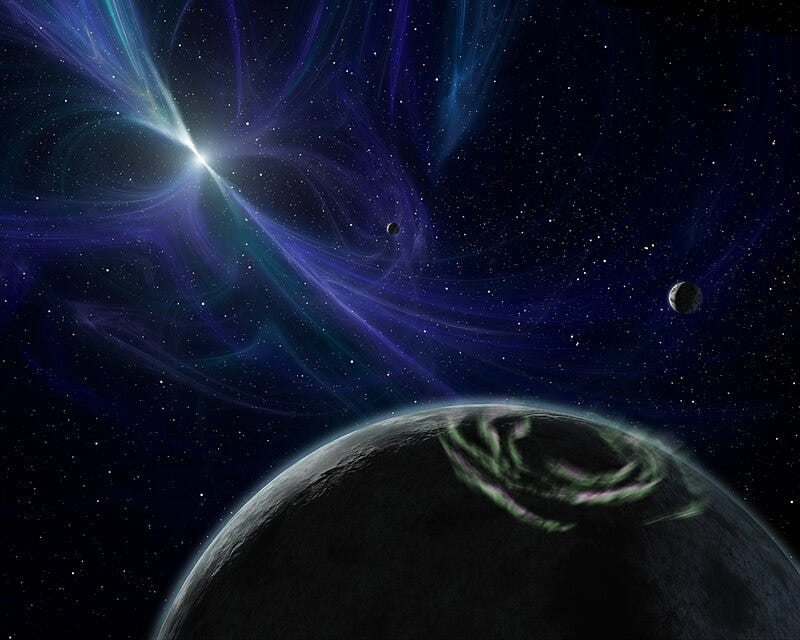
Despite what looks like a somewhat embarrassing mistake regarding the spatial resolution that can be achieved with a one kilometre mirror over interstellar distances, Handmer’s suggestion has a lot going for it ... particularly if modified to something more like the Luciola hypertelescope.
The modular design of the mirrors mean that the array doesn’t need to be finished before it can start gathering useful data: in principle, two mirrors separated by 100 km could already achieve a spatial resolution of about 200 km at the distance of Proxima Centauri (albeit the resulting image would be pretty sparsely sampled). There’s no particular reason the mirror swarm would need to stop at a paltry 20,000 units, either. You can keep adding to it indefinitely. If individual units get damaged, for instance due to getting hit by meteoroids, or if they just degrade beyond usability due to the accumulation of cometary dust on the mirrors, or if their thrusters run out of propellant, or their electronics irreparably damaged by cosmic rays and high-energy solar particles, they’re easily replaced.
Since the instrumentation – the spectrographs and imaging cameras – are independent, free-flying spacecraft in their own right, new instruments can be added to the facility as better technology becomes available, without having to launch an entirely new space telescope every time you want to do something different. This point was made by the Luciola team, as well: a hypertelescope is indefinitely upgradeable, and so essentially never becomes obsolete. A focal plane on the order of a hundred kilometres across gives plenty of elbow room for science teams from all over the world to get in on the fun. You could easily have thousands of the things moving around in there, running huge numbers of parallel investigatory programs examining not only exoplanets, but the entire zoo of astronomical objects – stars, galaxies, nebulae – in unprecedented detail.
There’s another aspect of the Monster Telescope proposal that’s worth commenting on, which is how Handmer made the proposal in the first place. Such proposals are usually developed in scientific journals and presentations at conferences, and ultimately – after much laborious effort – turned into white papers which get submitted to national science agencies such as NASA or ESA in the hopes of convincing anonymous panels of reviewers to approve the tens of millions or tens of billions of dollars of funding that the project will require. By floating his idea in Palladium, a governance and technology publication with wide popular appeal, Handmer is bypassing the bureaucratic mechanisms of institutional science and generating interest directly in the general population (or at least the relatively intelligent, affluent, and open-minded tech bros and political dissidents who read Palladium, and who are also likely to care about space and space telescopes). Many academic scientists would no doubt consider this to be irresponsible cowboy behaviour.
I disagree.
After all, look at who took notice of Handmer’s Monster Telescope proposal.
Leaving science in the hands of sclerotic, closed bureaucracies means that the general public never finds out about most of it. When it comes to space telescope missions, they’re unlikely to hear about some of the more interesting proposals – this was the first I’d found out about the Luciola hypertelescope. How many such missions never happen because overly cautious, politicized bureaucratic star chambers make the safe choice? How much more audacity would we see, if scientists took it upon themselves to fire up people’s imaginations, generating enthusiastic public clamours for their projects to be funded?
Who knows what we might have built by now … and what we might have found.
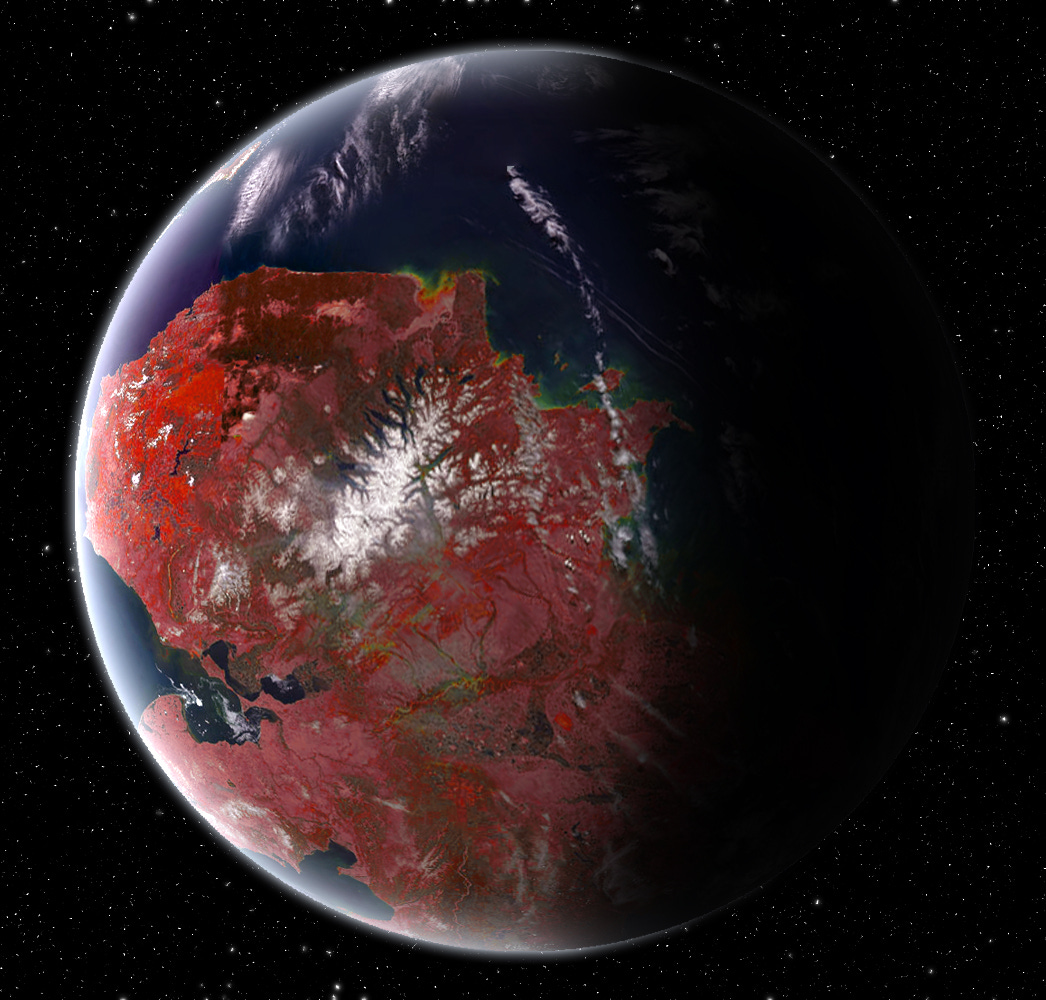
I hope you enjoyed this departure from what has been the usual fare of political and cultural theorizing here over the last little while. It’s been some time since I took a break from depressing or angering topics, and just wrote about something which is simply fascinating for its own sake. If you’ve been receiving Postcards From Barsoom for any length of time, you know my subject matter is all over the place – and if you haven’t, and this article hasn’t already convinced you to
then perhaps you will find something here, where I have collected some of my favourite work from the last year, to enjoy:
As always, my fondest and deepest appreciation to all of my supporters, whose patronage enables me to keep the lights on around here, paying for the caffeine infusions that fuel the writing, and the alcohol infusions that help me come down from the caffeine so I can sleep (I have very healthy habits). My essays are all free, there’s no obligation to pay – but those of you who support Postcards From Barsoom are making it possible for the freeloaders to enjoy themselves. They are the true aristocrats.
I tried restricting comments to paid subscribers for the last couple of articles. Honestly, I regret this ... I suspect that the most recent, Academia is Women’s Work, would have elicited many entertaining stories (although probably also some angry comments from feminists, which provided me much mirth on Twitter, where the thread got a million views). Anyhow, I’ve decided to open the comments back up again.
However, it remains the case that while you may have my thoughts for free, my dreams, you must pay for:
A Lagrange point is a region in a two-body system (such as the Earth-Moon or the Earth-Sun) in which the gravitational forces of the bodies are balanced with the centrifugal force acting on the orbiting object. They make great parking stations for spacecraft, as with essentially no fuel consumption, they’ll stay in the same place indefinitely ... which isn’t true for any other orbit. The Lagrange L2 point is a nice place for space telescopes because it’s permanently in the Earth’s penumbral shadow – thus cutting down on (albeit not eliminating) the glare from the Sun.
Note that the above formulae are using θ in radians, an alternative unit for measuring angles; there are 2π radians in a circle.
It might be about 40% larger, which doesn’t affect the conclusion.
Most of the rest are found using the radial velocity method, which uses small induced Doppler shifts in a star’s spectrum induced by the gravitational influence of an orbiting planet, but the same limitations apply: Doppler shifts are much more sensitive to large planets orbiting close to the star, with orbital planes close to alignment with our line-of-sight (since the wavelength shifts induced by relative motion only apply to the velocity component along the line-of-sight).


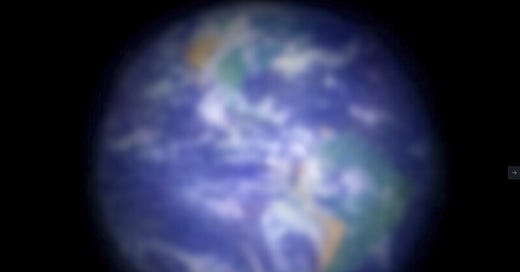



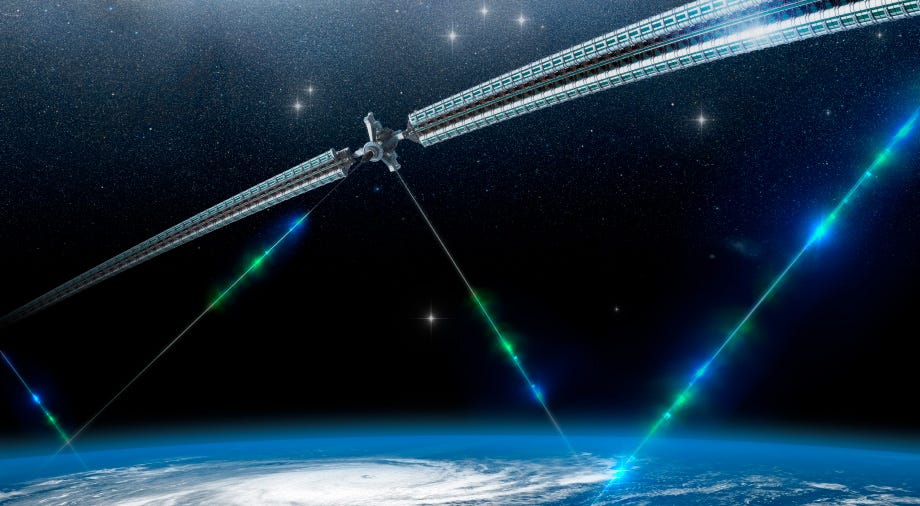
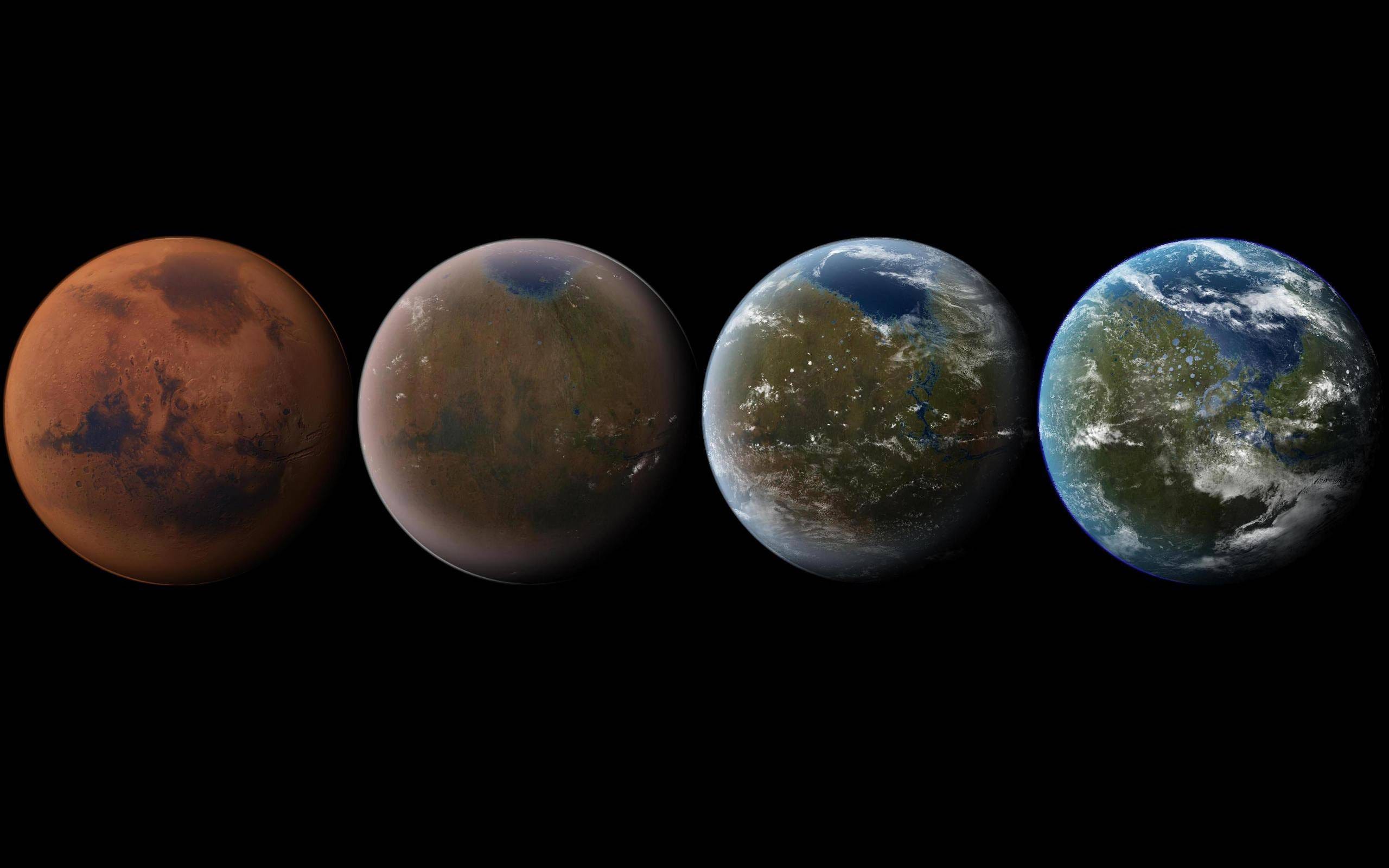
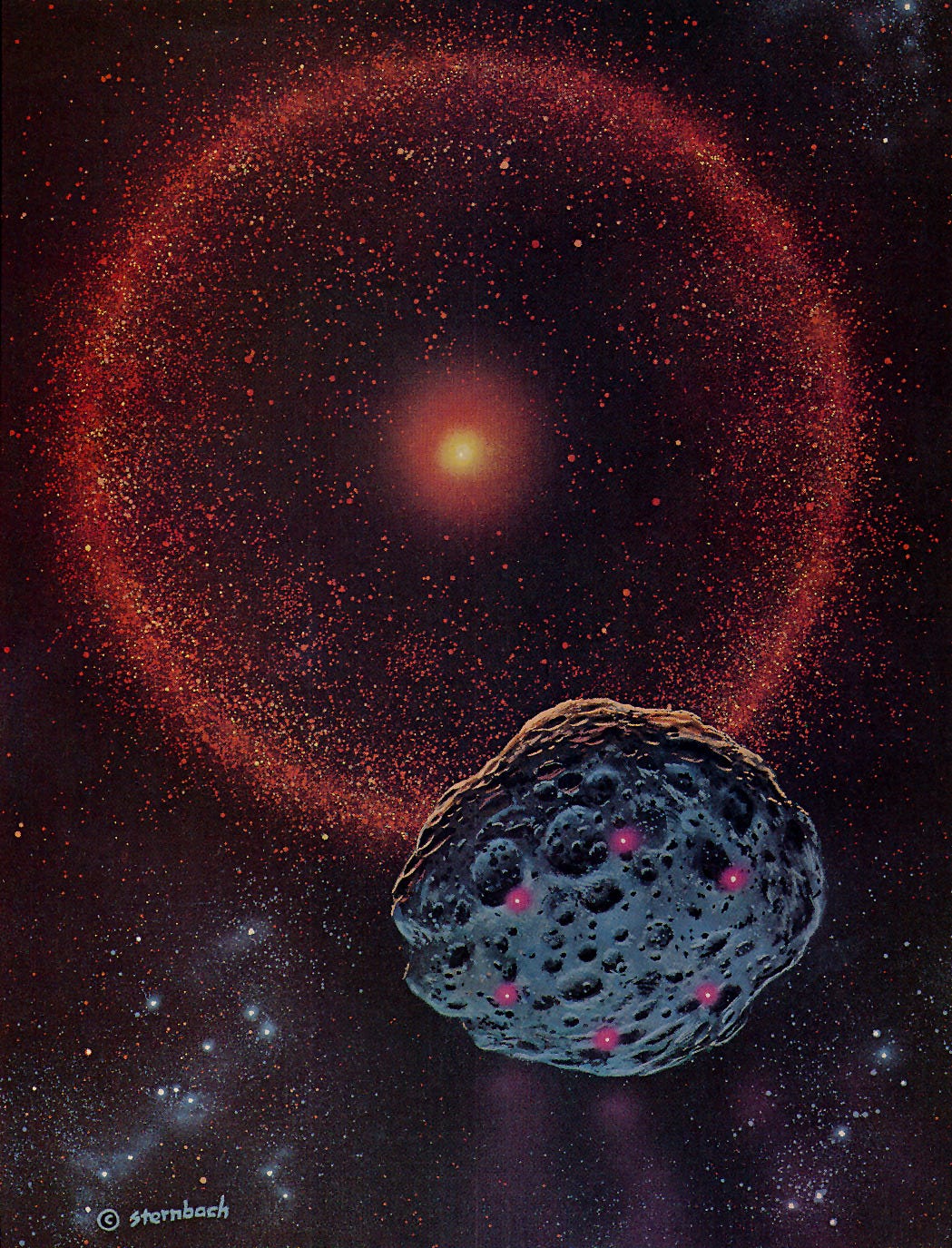
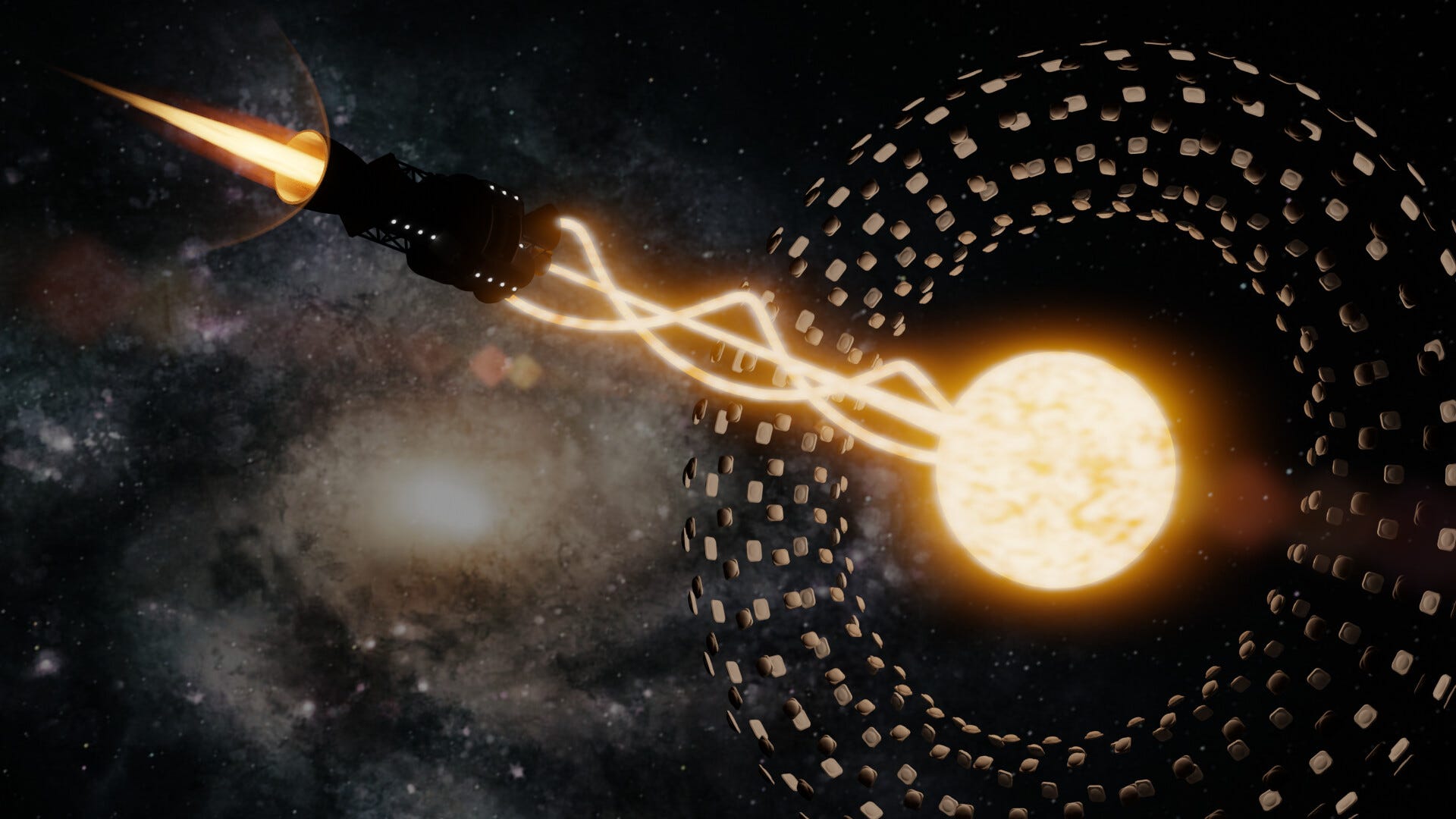

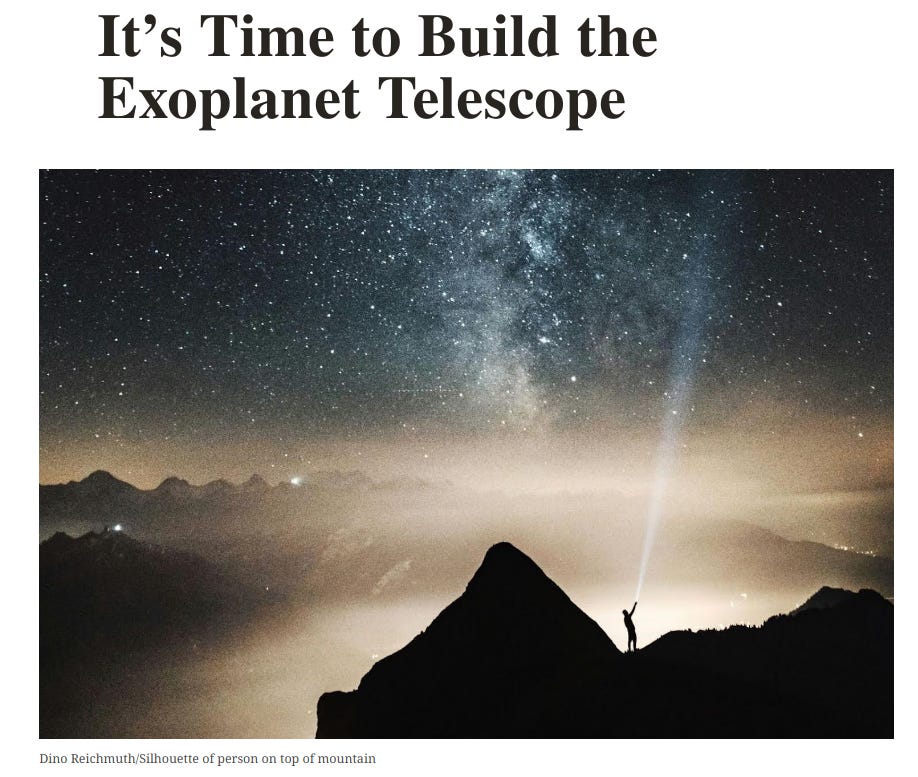
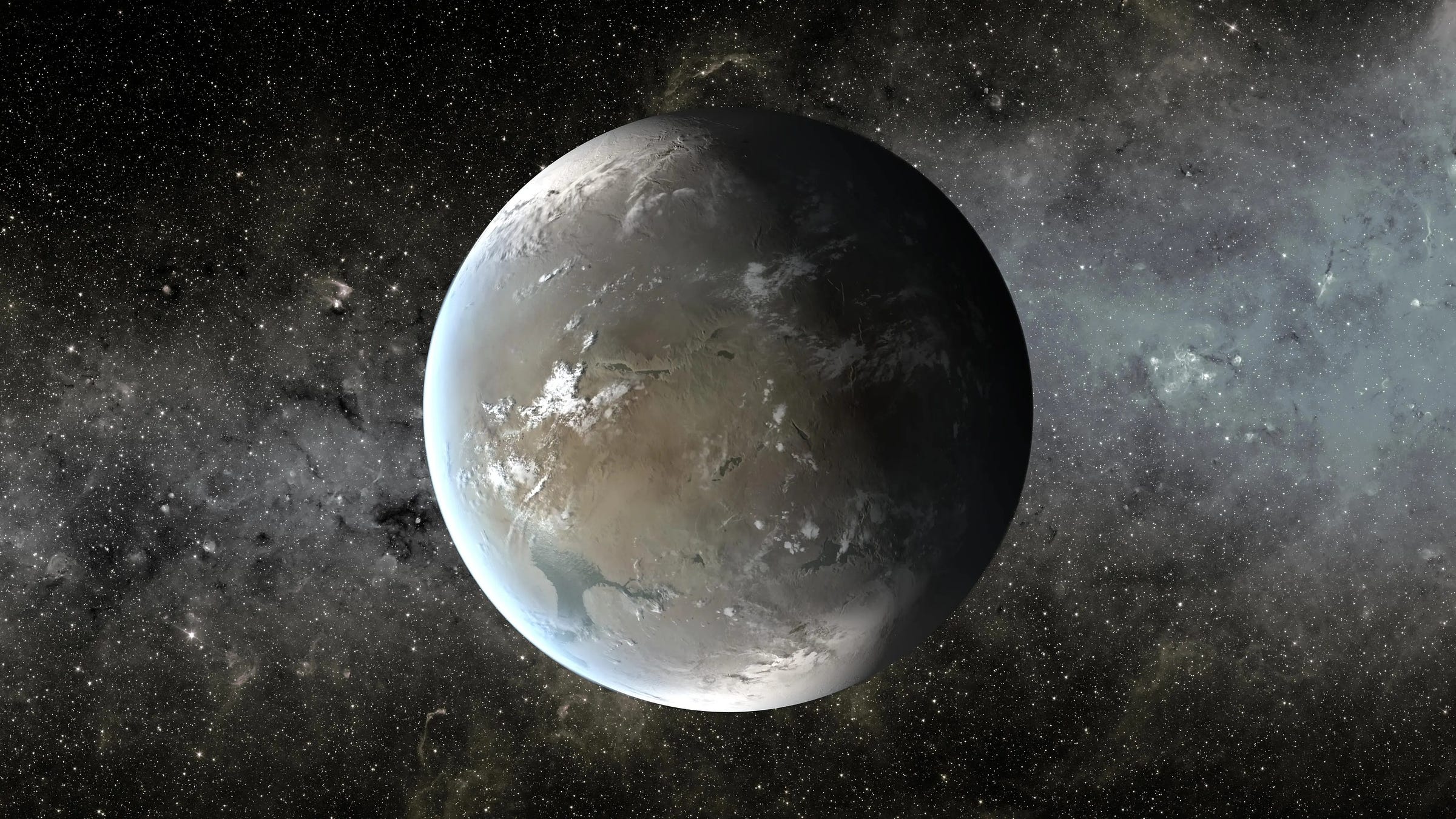
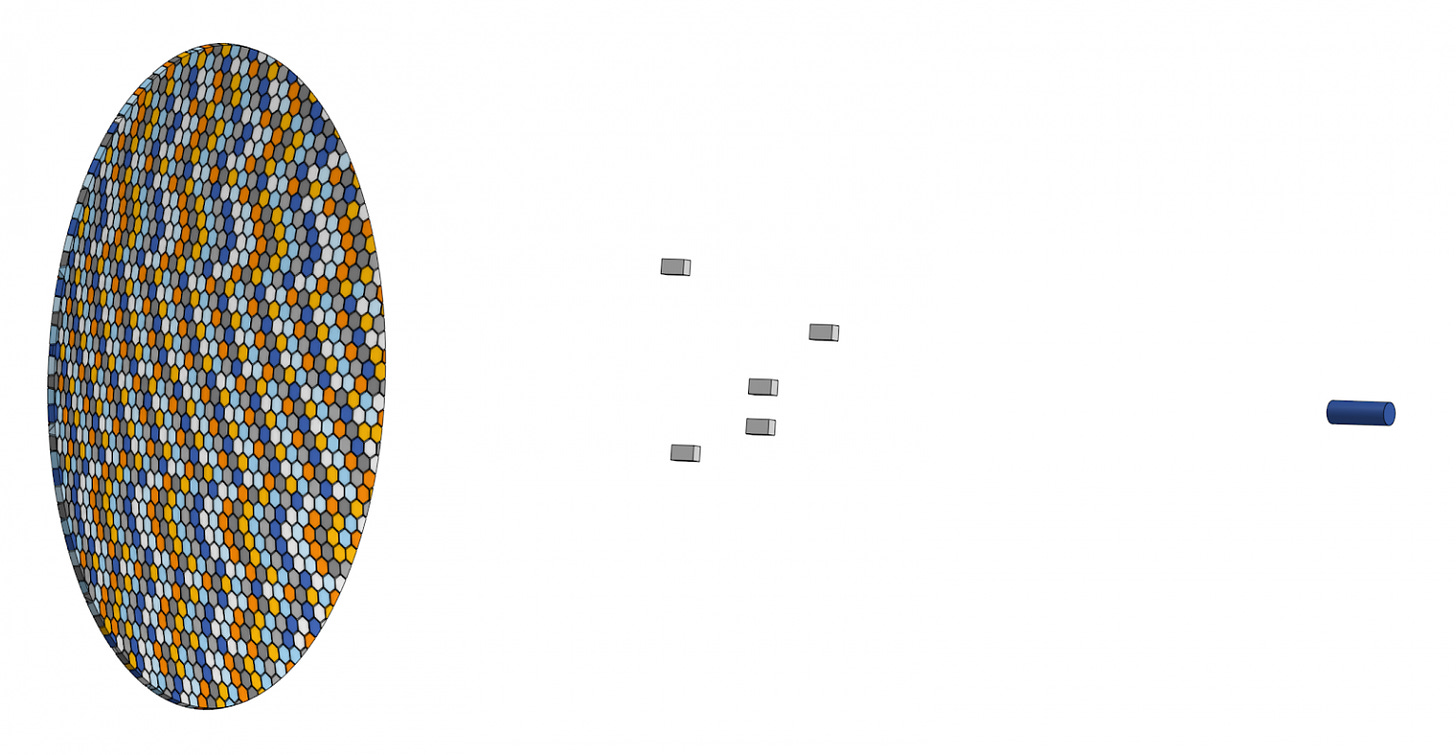
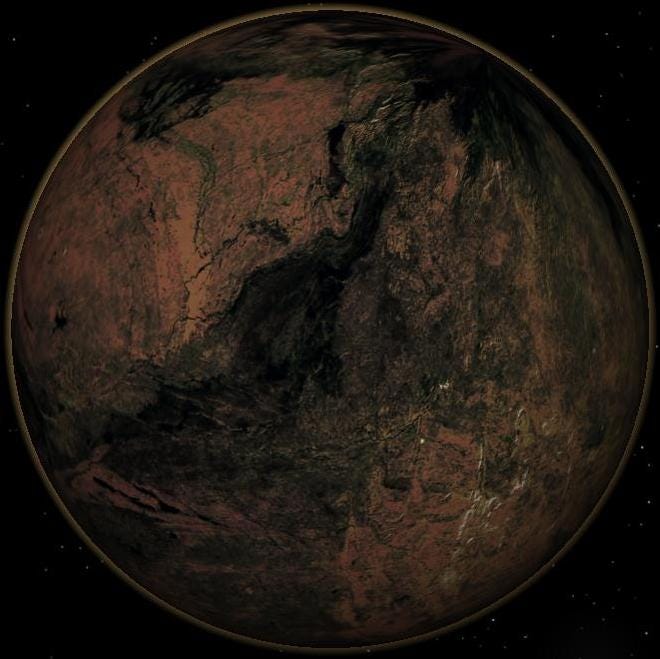
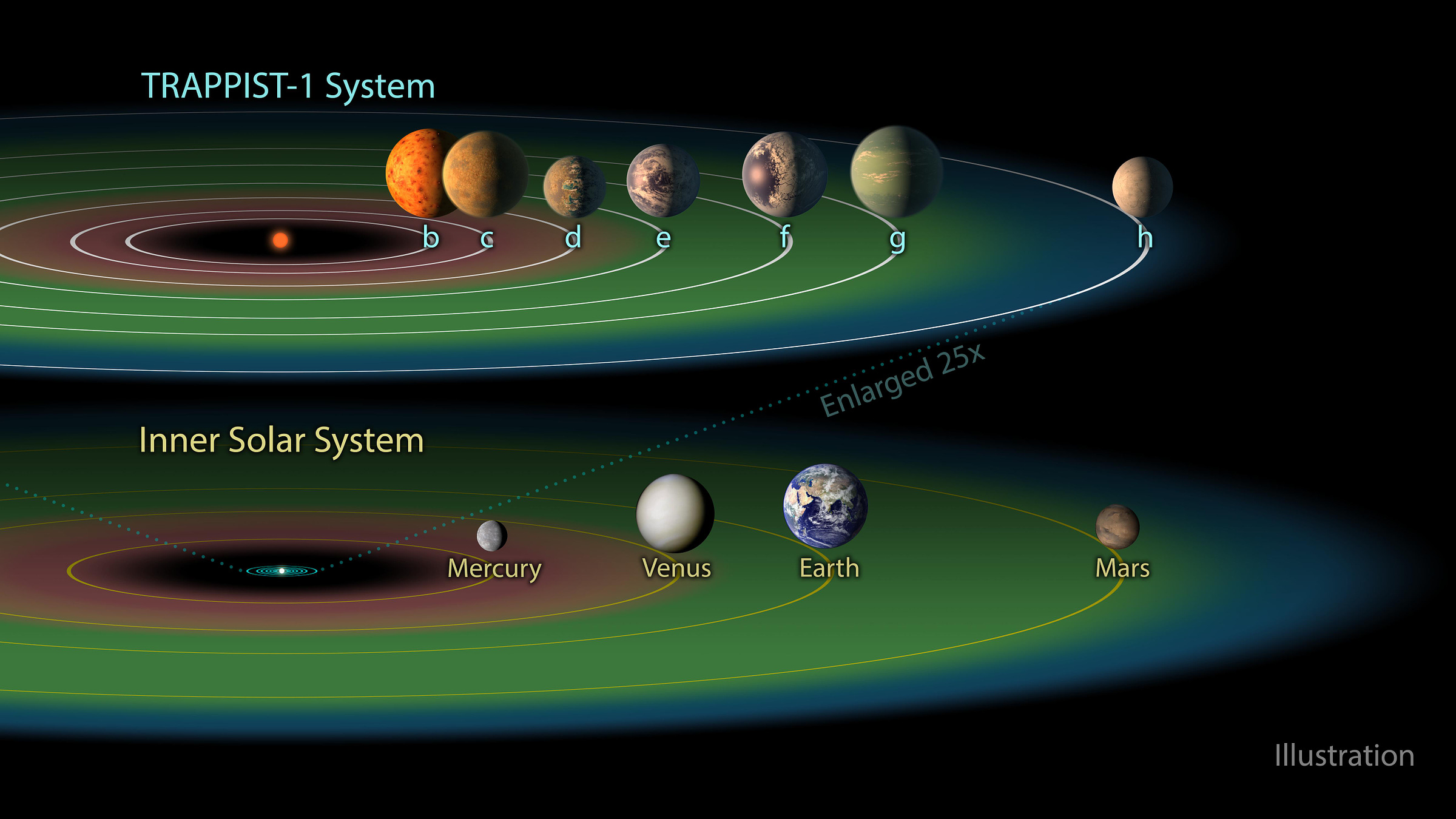
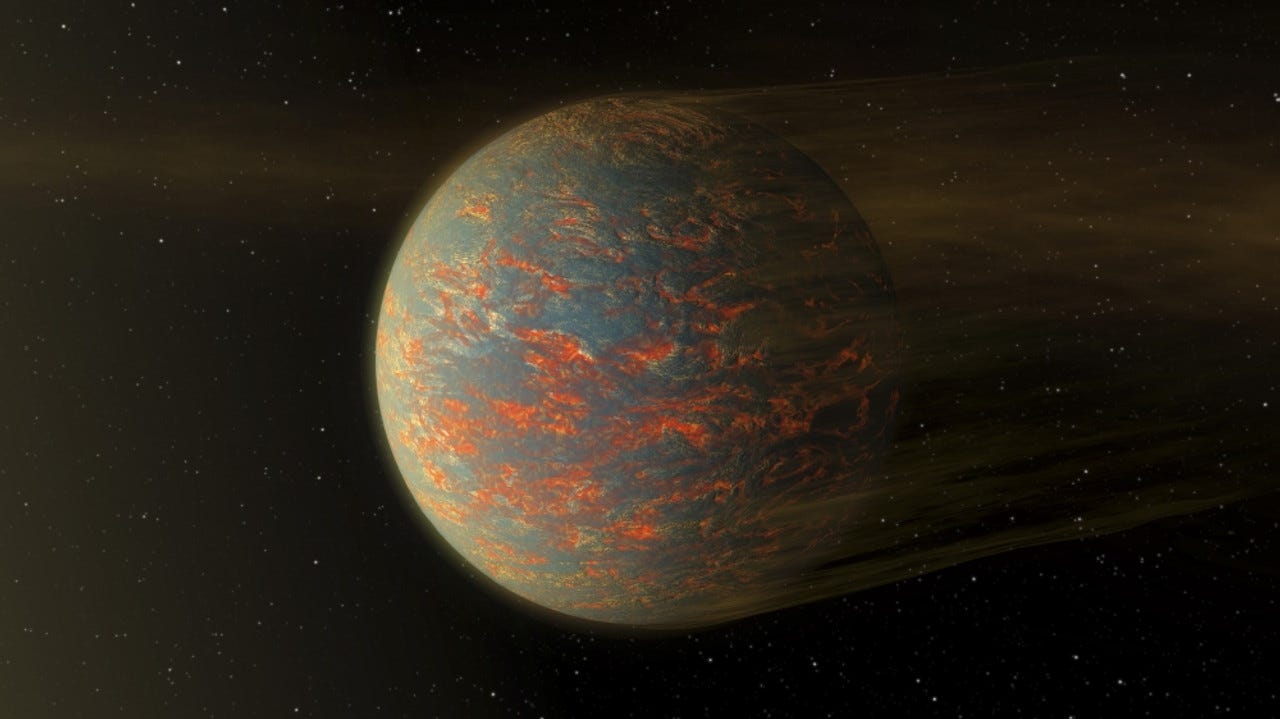
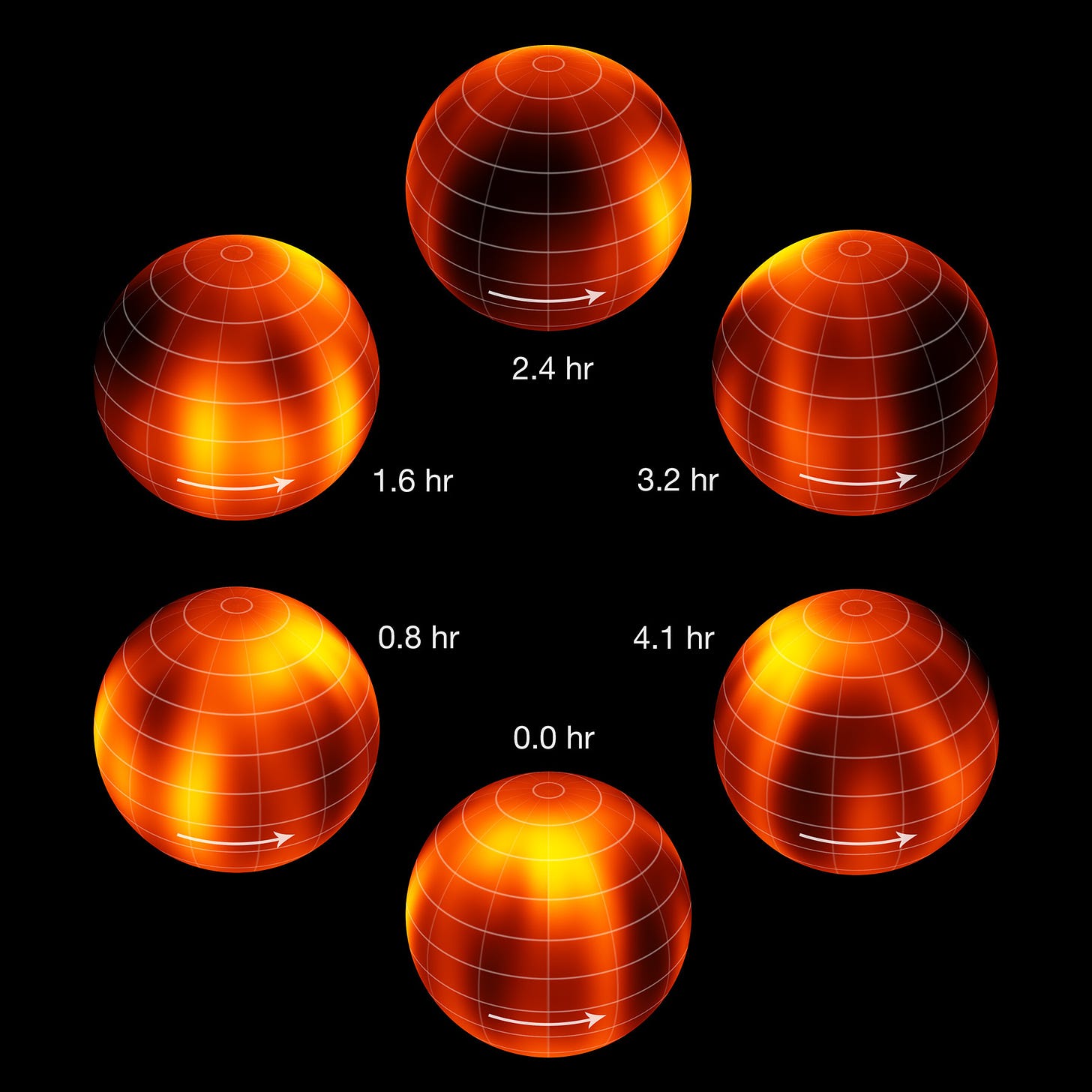
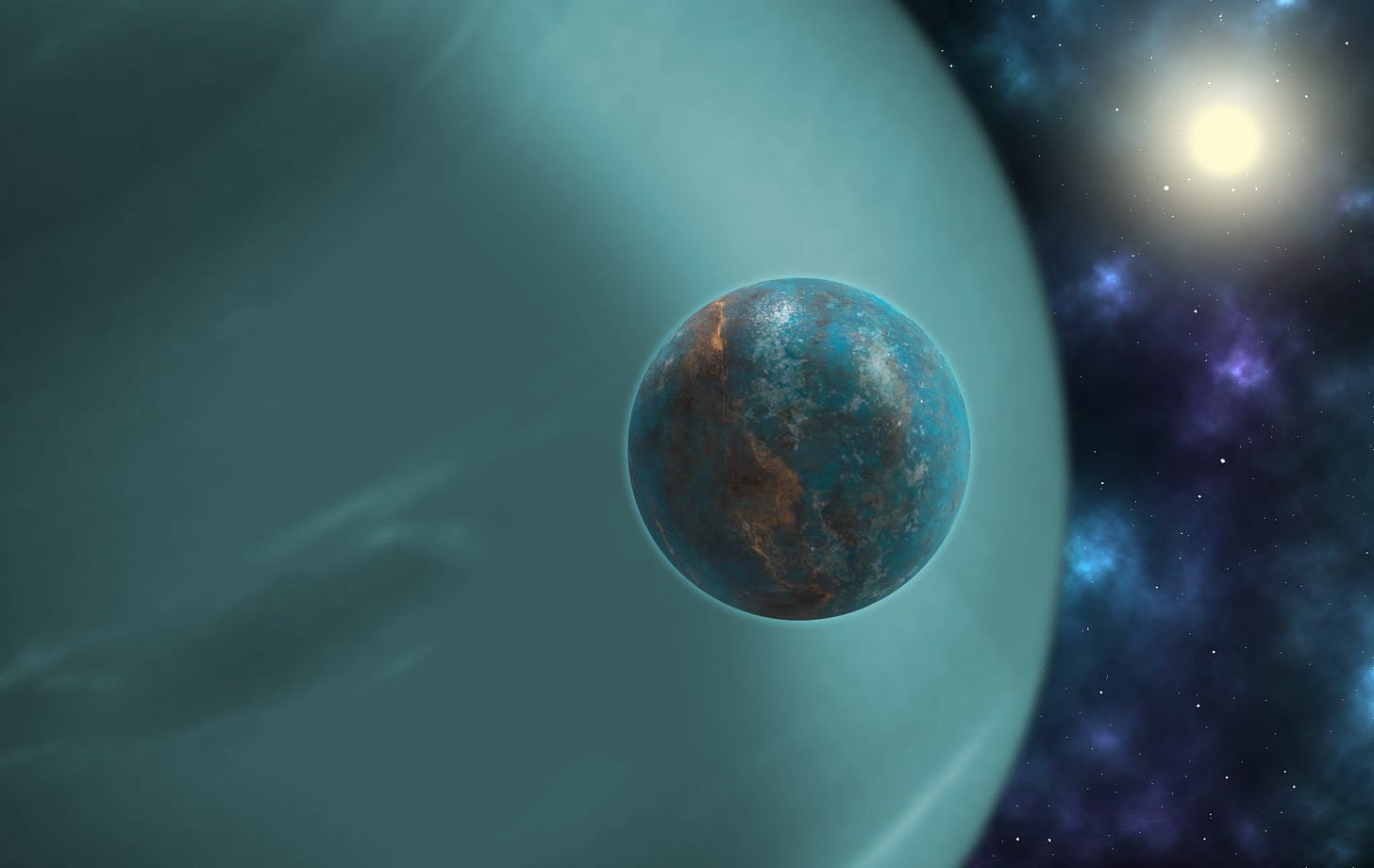
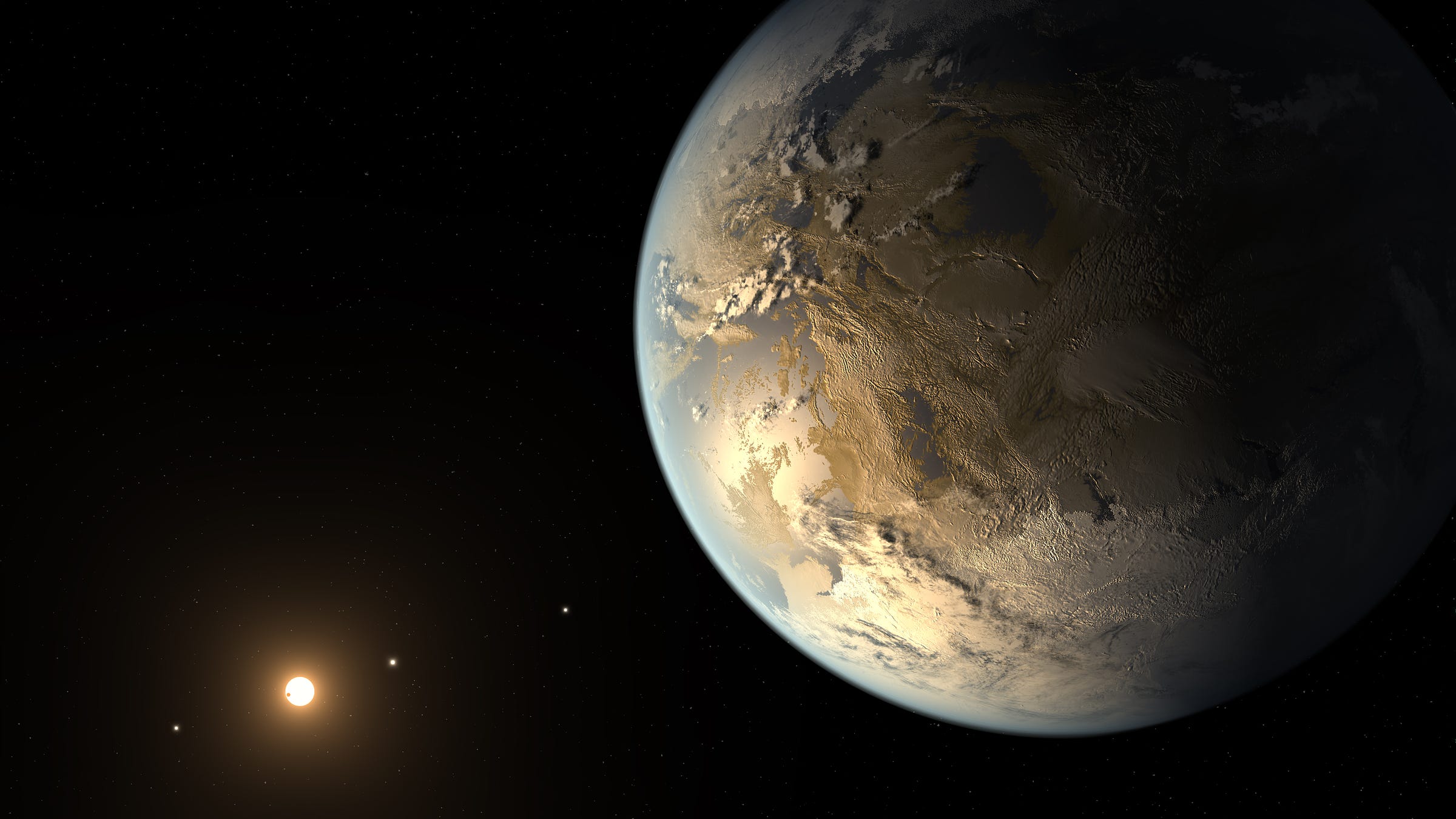
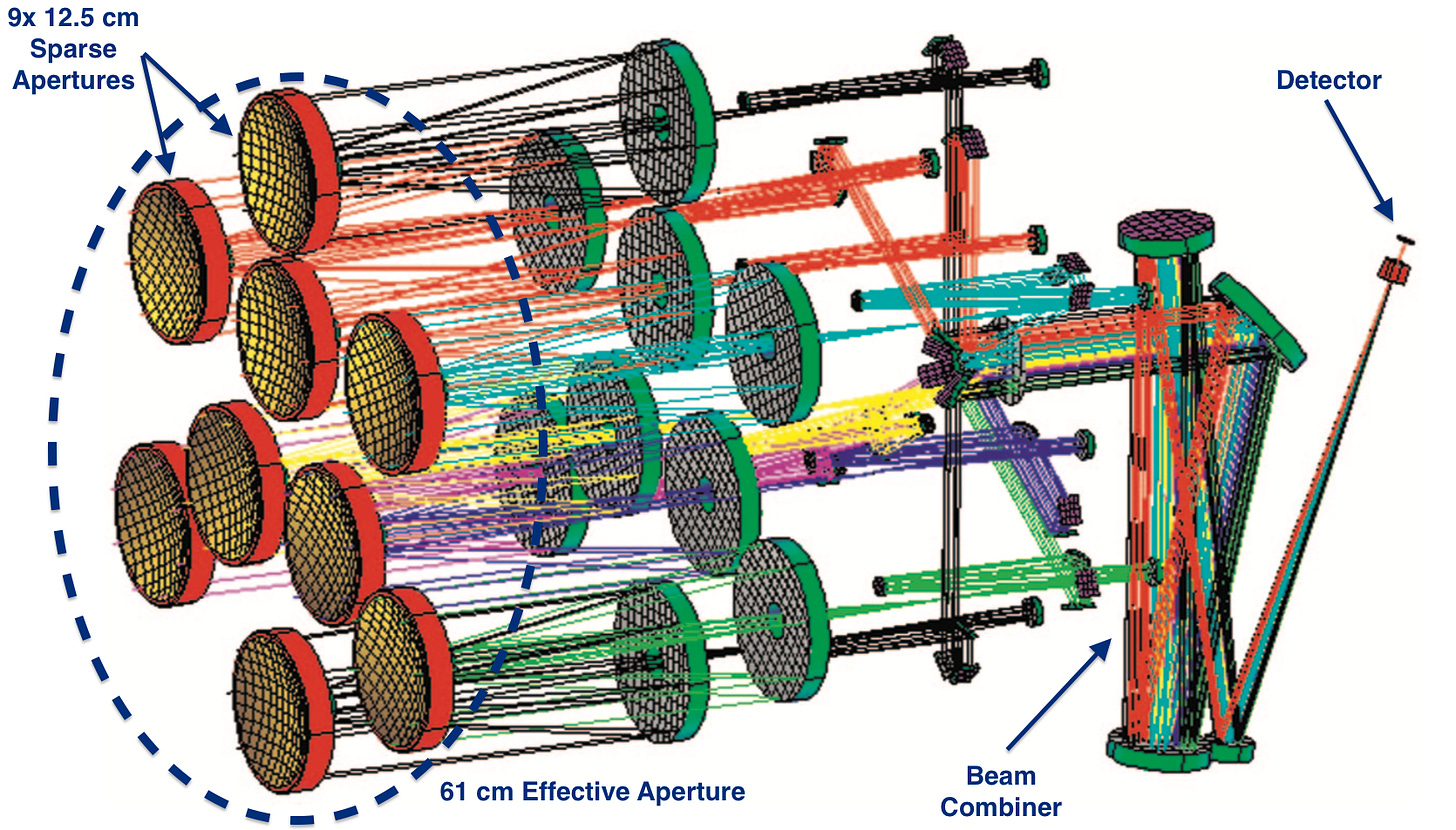
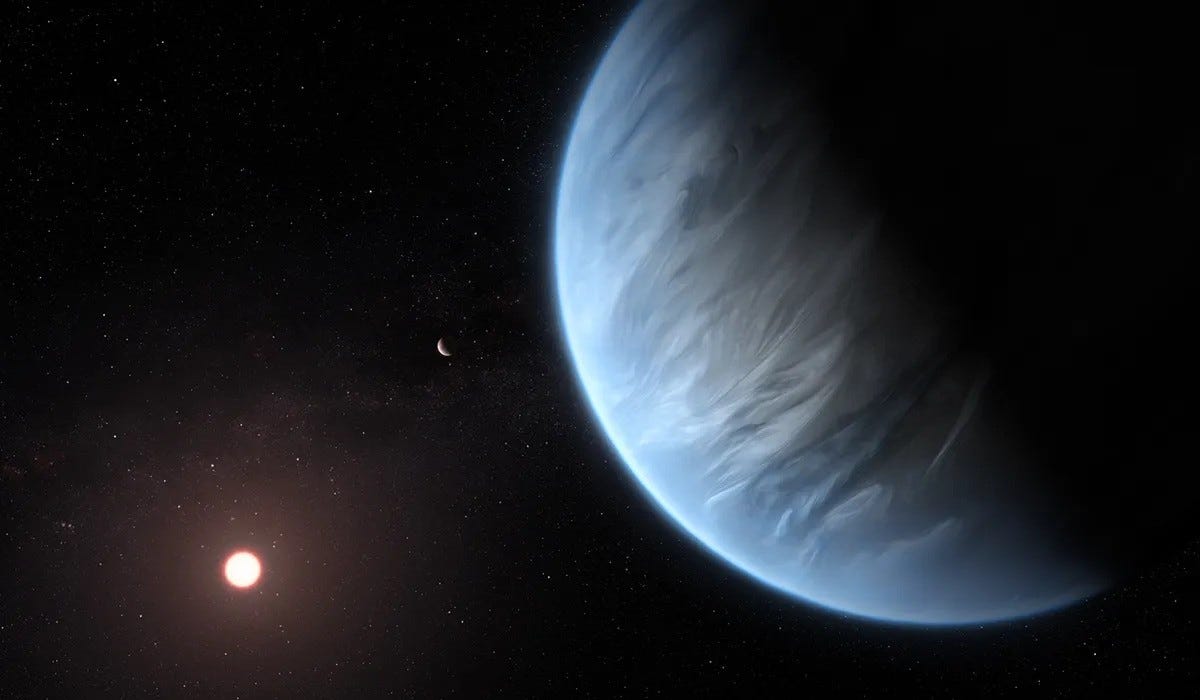
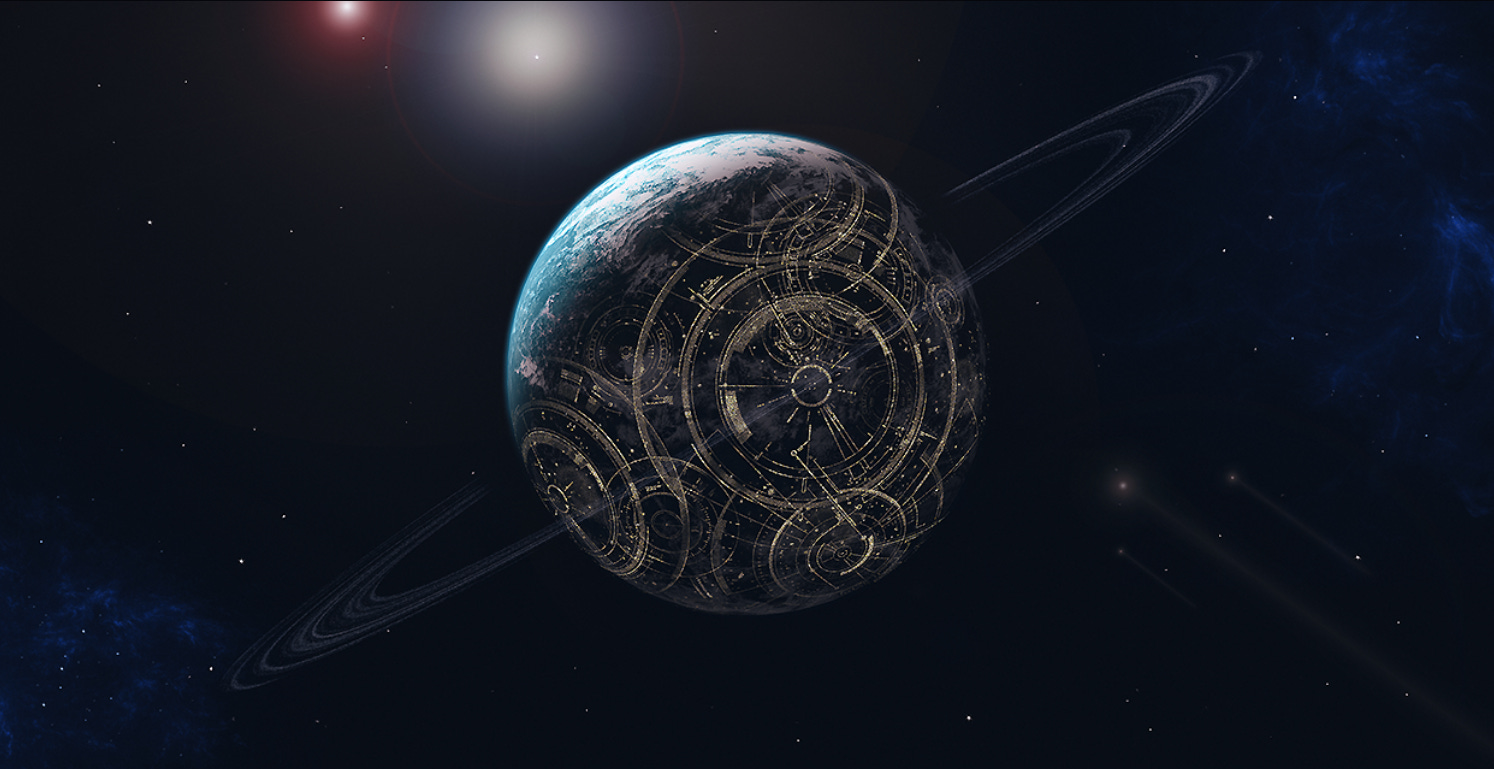
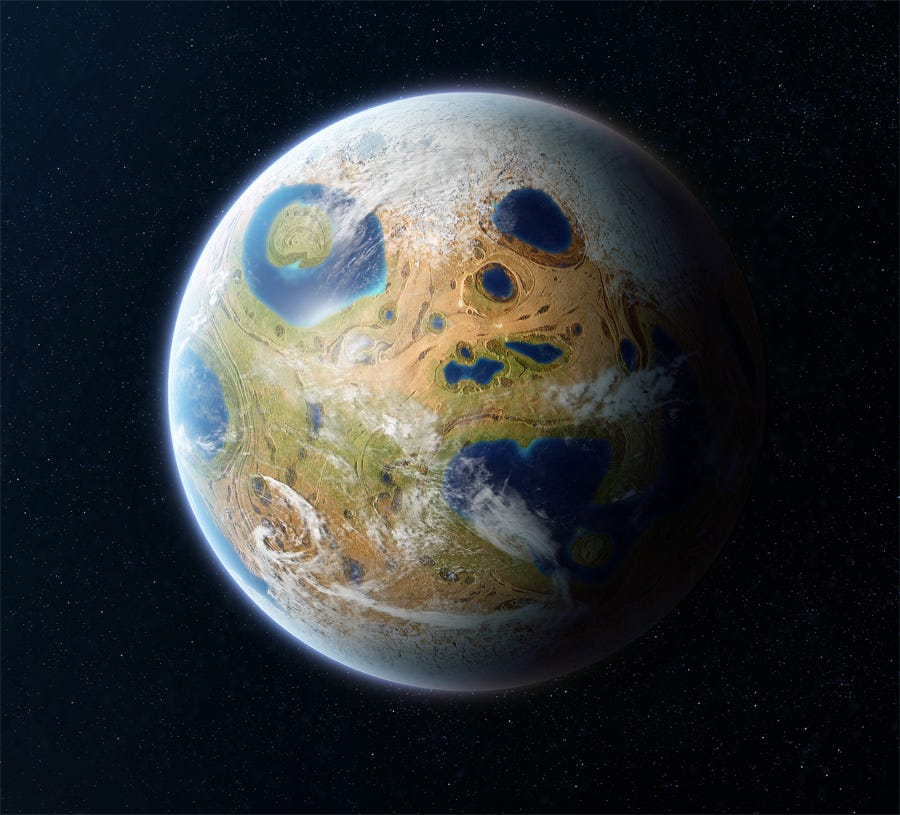
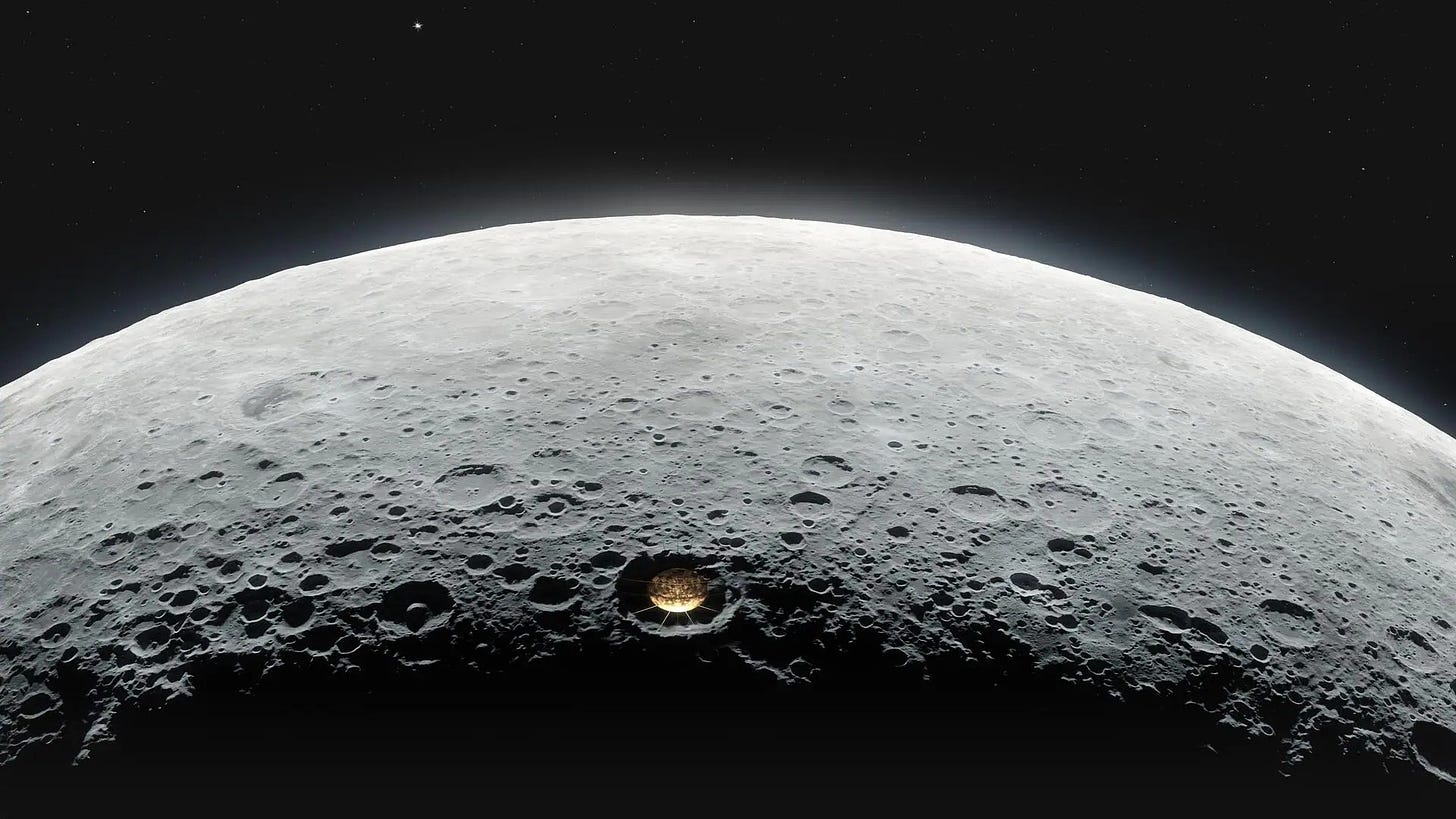

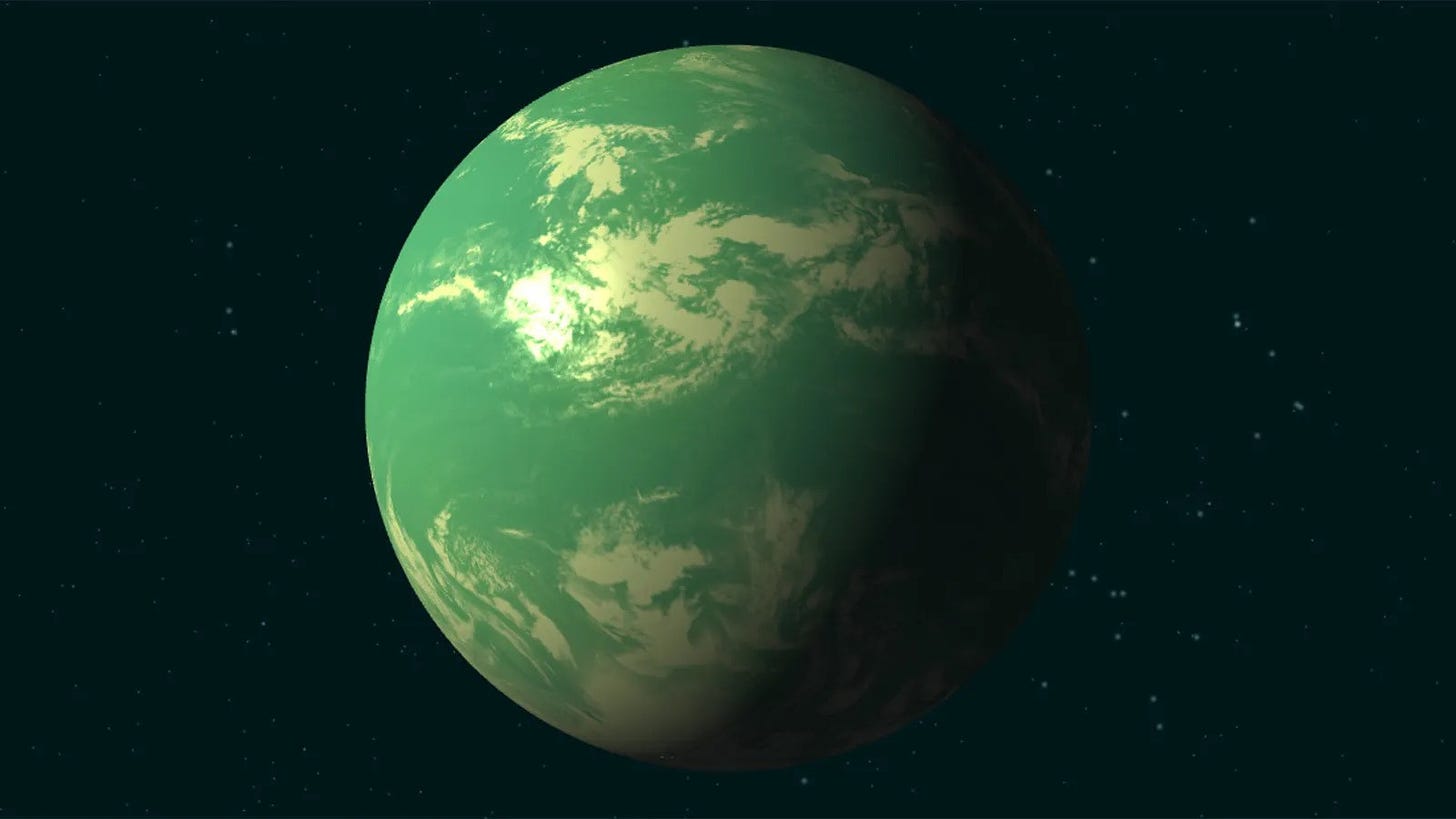
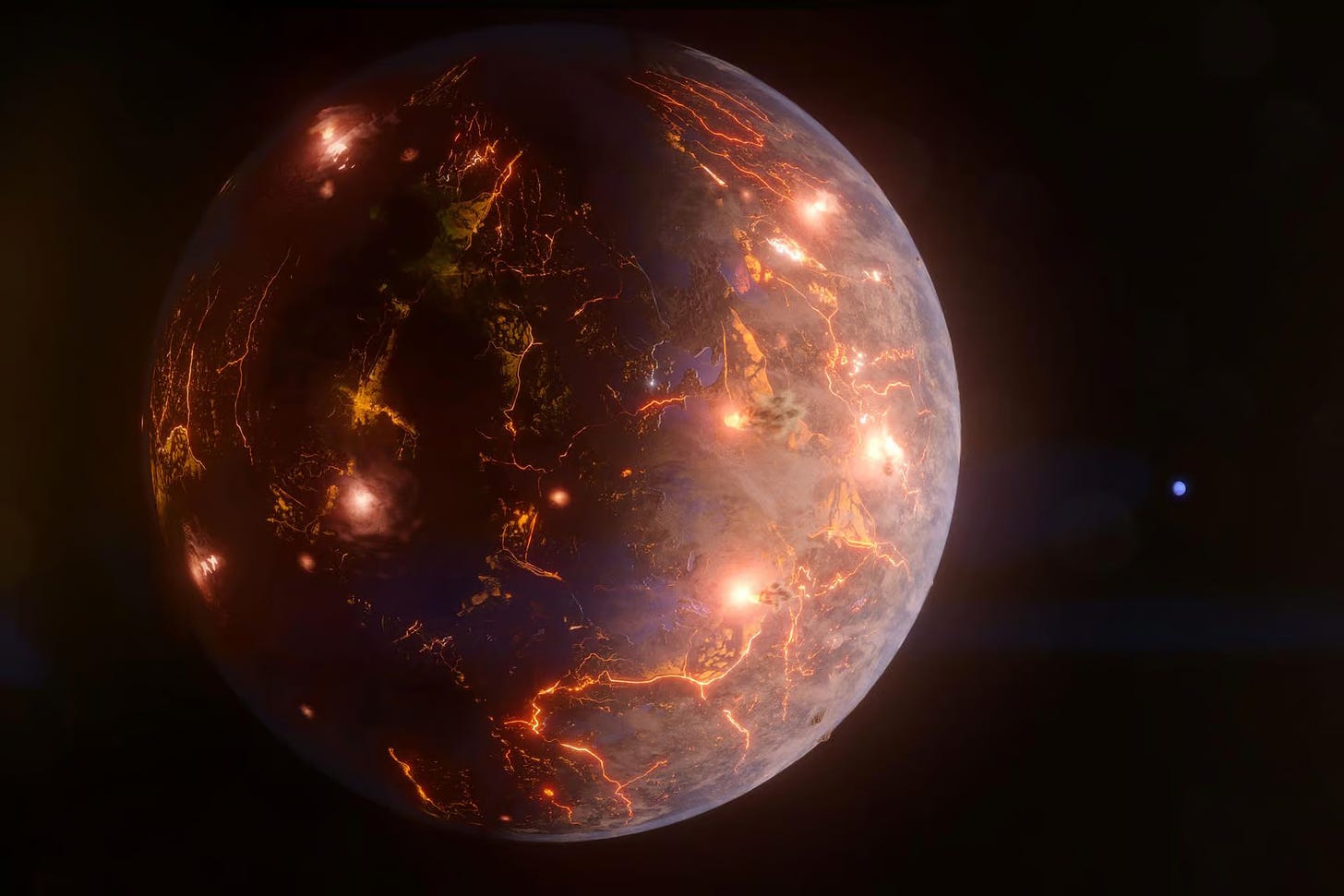
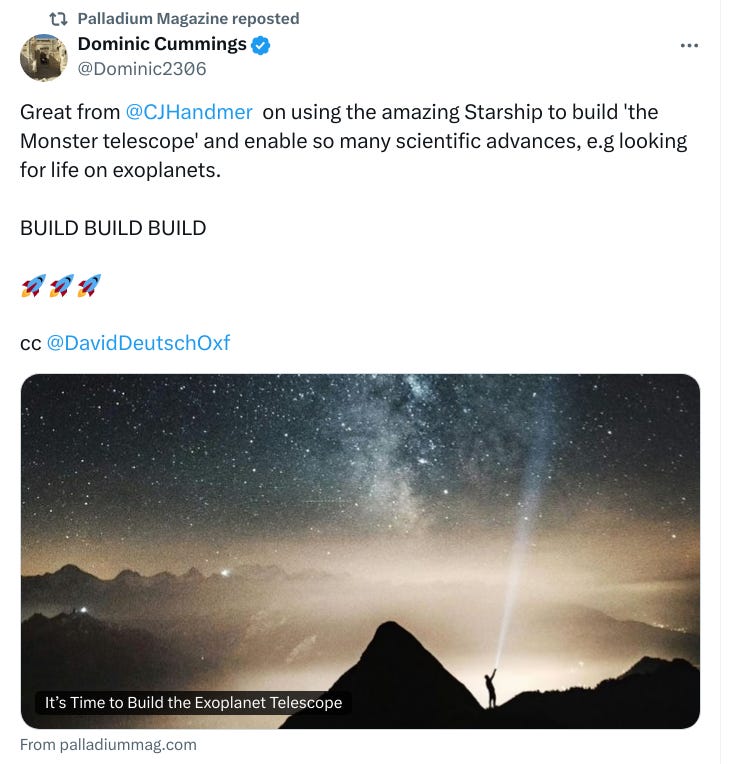
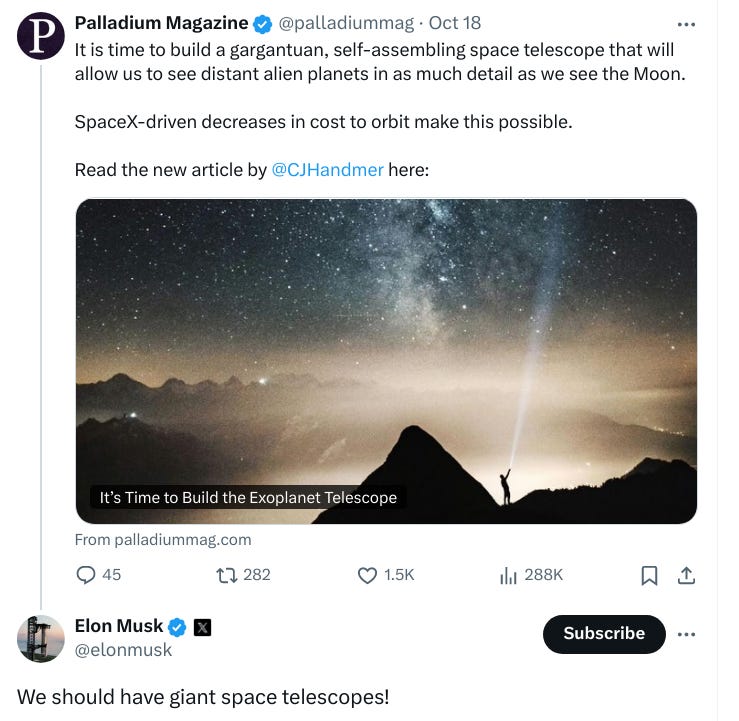


John, thank you for the brilliant science update. Dreamers are the ones that have guided society in the most beautiful ways, yet it is the skeptics and fear mongers whom have limited our possibilities. Copernicus and Galileo both pushed science forward and yet it was the push back from the church that slowed down the pace of progress. Similarly NASA in its early years saw no limit to its dreams. However the realities of the great society and regional wars limited its success. The dreams of SpaceX, massive telescopes. Sublight travel hopefully will push our world forward, yet the “small” minded people focused on the mundane day to day issues may slow the progress of societal progress. The “Star Trek” vision of the future may be a reality one day, but only if people have a vision of a bigger world or worlds not tied to this planet’s gravity.
(Suggested music to your post: Gustav Holst, The Planets, Op. 32)
A nice cleansing of the palate this, my personal association making me think of Sonnegewehr aside.
That's my fear, that such a cloud /would/ be used as weapon of leverage no matter what private tech-bro who initially built it. Consider the Internet, what it was just 20 years ago, and what it is now, control-wise.
Now imagine the Biden-regime or Gates of Hell or the WEF being able to increase the average yearly mean temperature with 2C-3C over a significant agricultural area they have designated an "enemy" - Russia's interior f.e. "No harvest for you, russkie bratya".
A Moon-base if of course a given necessity no matter what it is for. Far better to develop construction sites off-planet than on, eventually. The VDA* must be built out of something, and while it obviously can be Solar-powered, parts wear out and needs replacing, making a Von Neumann-system of attendant AI-powered drones the probable solution.
(If this makes you think of Call-Me-Kenneth, congratulations: you're well-read on pop-culture and has good taste.)
Another thing - I might have missed it in your text? - is (relativistic) debris damaging the array. Bit hard to fix things in Pluto's orbit, unless the entire thing is automated and has ability to be completely self-sufficient from local materials. Actually building Station Tombaugh might become a reality somewhen - I sure hope so!.
*VDA = Very Dangerous Array. From the Webcomic (now also in album form) "Schlock Mercenary", which for its genre is actually pretty good with the "sci"-part of sci-fi. The main characters lack decent sensors (especially FTL-ones) on their current ship, but one of them realise the hundreds of warheads they have onboard have sensors, comms and independent propulsion so they simply deploy their entire stock of ordinance as a "fly eye in the sky" and have the ship AI use it as a sensor-bay.
The comic is free-to-read on the homepage: caution - it's long, 20 years of it, one strip per day and the guy who made didn't miss an update once, not even when his local server-station burned down, and the art has been touched-up and also improves markedly over time.